Magnetic keyboards rely on magnetic field changes to sense key presses rather than the physical contact switches. In this way, it can detect the super-sensitive signals. However, here’s the catch: those signals are delicate. If you use standard cables like aviator or coiled ones, the signal can weaken or get interfered with, causing slow or inaccurate responses. That’s why magnetic keyboards need special low-resistance cables to deliver fast and precise performance.
Akko Magnetic Keyboards Low-Resistance Cable
Akko latest magnetic keyboards comes with the low-resistance cable, providing stable, lossless signal transmission with ultra-fast response. This guarantees ultra-fast response, zero missed keystrokes, and long-term reliability, making sure your keyboard always performs at its best—straight out of the box.
We recommend using this included cable for the best performance. Aviator and coiled cables are not recommended, as their higher resistance and additional connectors may cause signal loss or instability with magnetic switch keyboards.
 FUN60 Pro ISO HE Magnetic Keyboard
FUN60 Pro ISO HE Magnetic Keyboard
What is A Low-Resistance Cable?
A low resistance cable means less voltage drop and more efficient power delivery from your PC to the keyboard.
We can image that the current as water flowing through a pipe, with resistance being the pipe’s roughness. The rougher the pipe(the higher resistance ), the harder the flow and the more pressure (voltage) you lose along the way.
Why Do Magnetic Switch Keyboards Require Low-Resistance Cables?
As we have talked at the beginning, the magnetic keyboard use Hall effect sensors/ TMR sensors to detect changes in a magnetic field when you press a key. This makes them extremely precise and fast—but also more sensitive to electrical interference.
A low-resistance cable is essential because:
1. Stable Power Delivery
Magnetic keyboards work on tiny millivolt-level magnetic changes, so the stable signal is critical. Low-resistance cables minimize voltage loss (Ohm’s law), delivering stable power to magnetic switch components. This prevents issues like unresponsive or missed keypresses caused by power fluctuations.
2. Support for High Polling Rates
Magnetic keyboards often feature high polling rates (just like 8000Hz), this means the keyboard must transmit data to the device at a high frequency. A clean, stable, and fast signal is necessary. Low-resistance cables can reduce signal attenuation and interference during data transmission, ensuring timely and accurate data transmission.
For gaming, that means your actions register a split second faster.
3. Strong Anti-Interference
Keyboard cables can pick up or even generate electromagnetic interference during power and data transmission. Low-resistance cables provide stronger shielding and better electrical performance, reducing interference and keeping signals stable. This ensures accurate, reliable keyboard operation—even in environments crowded with electronic devices.
 MOD 007B V5 HE Magnetic Keyboard
MOD 007B V5 HE Magnetic Keyboard
Why Aviator and Coiled Cables Are Not Recommended
Aviation cables and coiled cables have problems with magnetic keyboards due to insufficient performance and limited practicality. Therefore, they are often not recommended when pursuing an ultimate user experience. The specific reasons are as follows:
Why Don't Recommend Aviator Cables
1. Unstable Contact Resistance
Metal spring-type connectors are prone to oxidation and carbon deposits when exposed to air, and frequent plugging and unplugging can lead to increased wear on the contact surface.
2. Loose Structure
Snap-on designs can easily loosen and fall off in vibrating environments (such as during intense gaming), causing momentary disconnection.
3. Insufficient Electromagnetic Shielding
Feature a basic protective layer and lack a continuous, complete shielding structure. In environments with multiple devices interfering with each other, external electromagnetic waves can directly couple to signal lines, generating clutter interference.
Why Don't Recommend Coil Cables
1. Inductive Effects Increase Delay
In single-strand solid-core conductors, current concentrates on the surface under high-frequency AC conditions, reducing the effective conductive area by over 50%. For magnetic keyboards requiring a high polling rate, this characteristic can cause signal phase shift and waveform distortion.
2. High risk of Breakage
Excessive twisting creates a persistent problem of uneven stress distribution within the conductor. Repeated stretching can cause the whisker structure to plastically deform or even break.
3. Impedance Matching Imbalance
The periodic bends in the spiral structure create multiple reflection points, disrupting the uniformity of the transmission line. When the signal frequency exceeds a certain threshold, the accumulation of these reflections leads to a standing wave effect, further degrading the signal-to-noise ratio.
Low-Resistance Cable VS. Coiled Cable VS. Aviator Cable
| Feature | Low-Resistance Cable | Coiled Cable | Aviator Cable |
|---|---|---|---|
| Resistance | Lowest (shorter path, fewer connectors) | Higher (extra length when stretched, more copper needed) | Moderate to high (extra connectors / connector hardware adds resistance) |
| Voltage Drop / Power Delivery | Best—minimal drop even under higher current loads | Some drop under load; when stretched long, losses increase | Can suffer from losses especially at joints/connectors |
| Signal Integrity / Latency | Best—stable, predictable, minimal interference | Slight degradation possible (more capacitance / inductance), slight latency under extreme lengths | Additional contact points can introduce jitter or signal loss, especially under high polling rates |
| Heat Buildup | Low – heat dissipates well | Greater potential; coils trap heat, less airflow around inside loops | Heat issues mostly around connector junctions if badly made |
| Wear & Mechanical Stress | Good – fewer bends, simpler stress points | Coils flex, stretch, may fatigue insulation over time | Stress concentrated at connectors; connectors may loosen or degrade with usage |
| Ease of Maintenance / Repair | Easiest to replace/repair | More complex (harder to shorten/coils make repair harder) | Moderate – connector parts are replaceable but usually specialized |
| Aesthetic / Desk Setup | Simple & minimal, easier to route/manage | Looks stylish; avoids slack; but bulkier near USB ends | Premium look, matches “aviator” aesthetic; adds bulk at the connector |
| Typical Use‐case for Magnetic Switch Keyboards | Preferred – maintains full performance, minimal interference | Acceptable only if high quality and not overly long; risk of slight degradation especially with magnetic switches | Risky unless high quality connector, gold plating, very good contacts; many manufacturers advise against aviator for best possible signal |
Buying Guide: How to Identify High-Quality Low-Resistance Cables
Want to get the most out of your magnetic keyboards? High-quality, low-resistance cables are crucial. Don't know how to choose? Check this list:
1. Check the Wire Gauge (AWG)
You can choose the 24 AWG (power) and 28 AWG (data) or thicker. Because: Lower AWG = thicker wire = less resistance.
2. Prioritize Shorter Lengths
Stick to cables 1.5 meters (5 ft) or shorter for best results. Longer cables naturally increase resistance and voltage drop.
3. Look at the Material
Pure copper (OFC – Oxygen-Free Copper) is ideal. Avoid cheap cables made with copper-clad aluminum (CCA), which raises resistance and reduces durability.
4. Pay Attention to Shielding
A good low-resistance cable includes proper shielding (foil or braid) to reduce electrical interference. This helps maintain clean data transmission, especially at high polling rates.
5. Inspect the Connectors
Choose cables with gold-plated or well-machined connectors for better conductivity and durability. Loose or poorly finished connectors can increase resistance and cause instability.
6. Look for Certification & Branding
Cables labeled as “USB-IF Certified”, “High-Speed USB 2.0/3.0,” or explicitly “low-resistance” are more trustworthy. Reputable brands usually provide specs (gauge, shielding, material).
7. Test Before You Trust
If possible, use a USB tester or simply test the keyboard. If the cable occasionally disconnects, buttons are slow to respond, or it can't keep up with gameplay, then the cable is of poor quality.
Conclusion
In the pursuit of peak performance, a quality low-resistance cable is no longer just an accessory—it’s a key factor in unlocking your device’s full potential. Next time you upgrade your setup, don't forget to upgrade your cable.


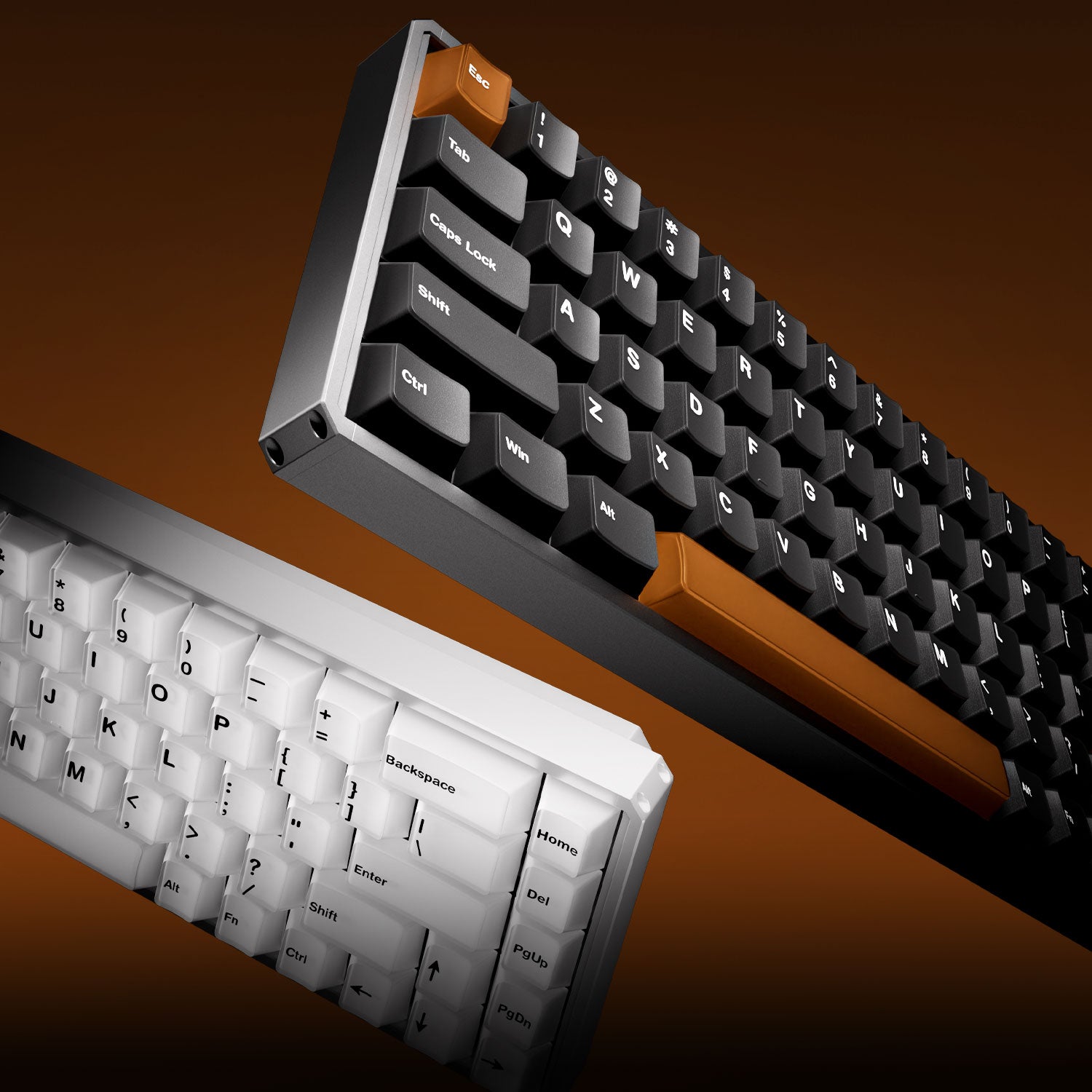

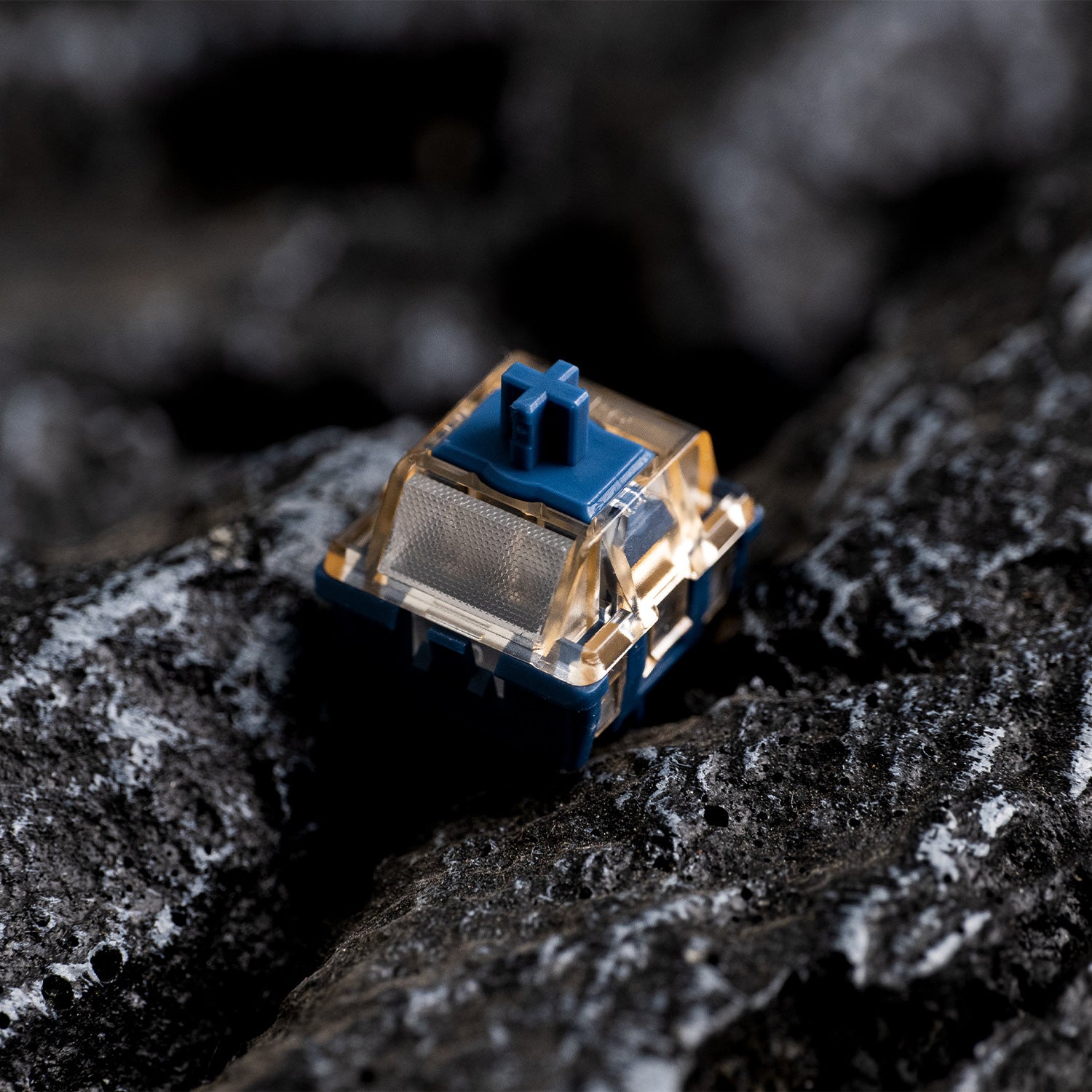


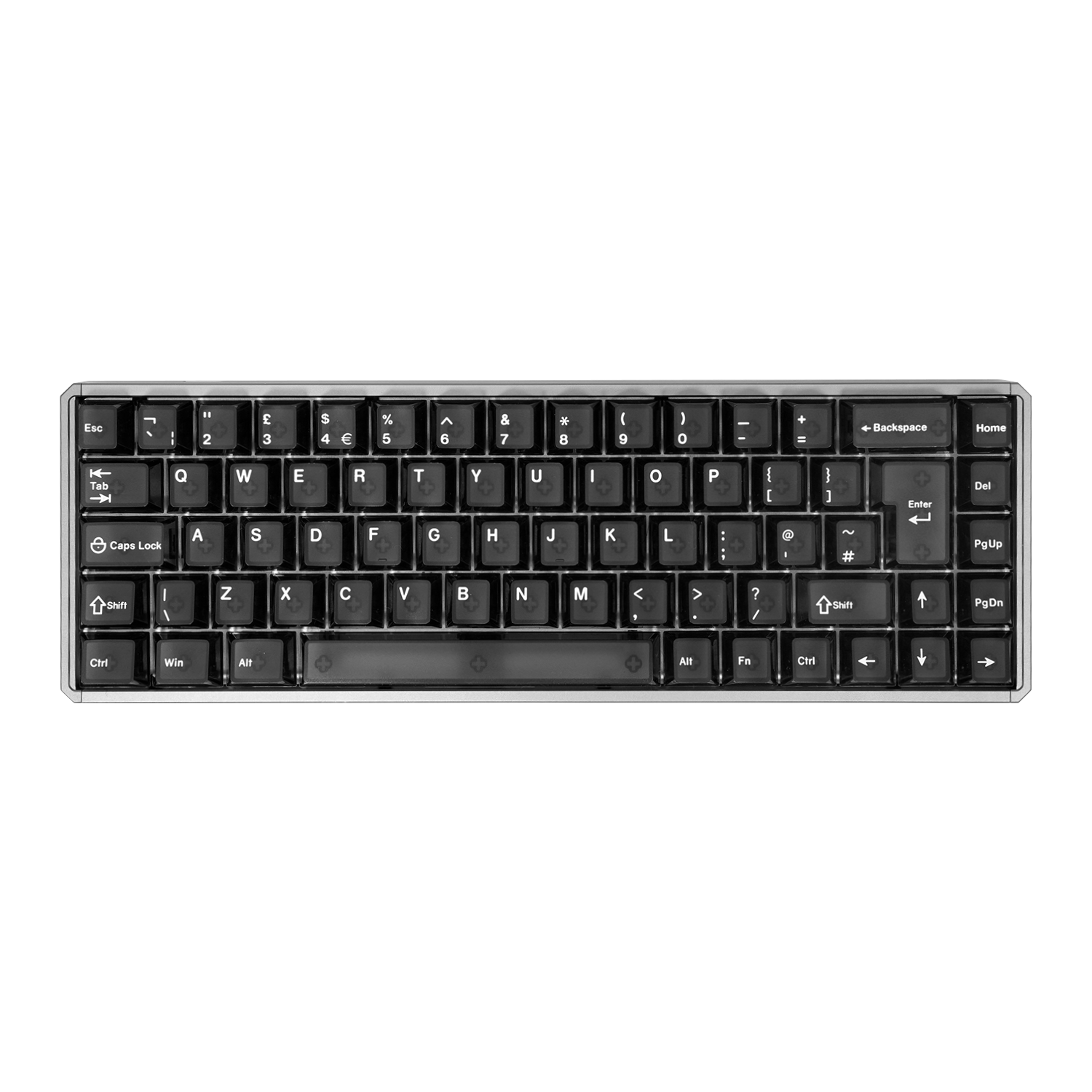
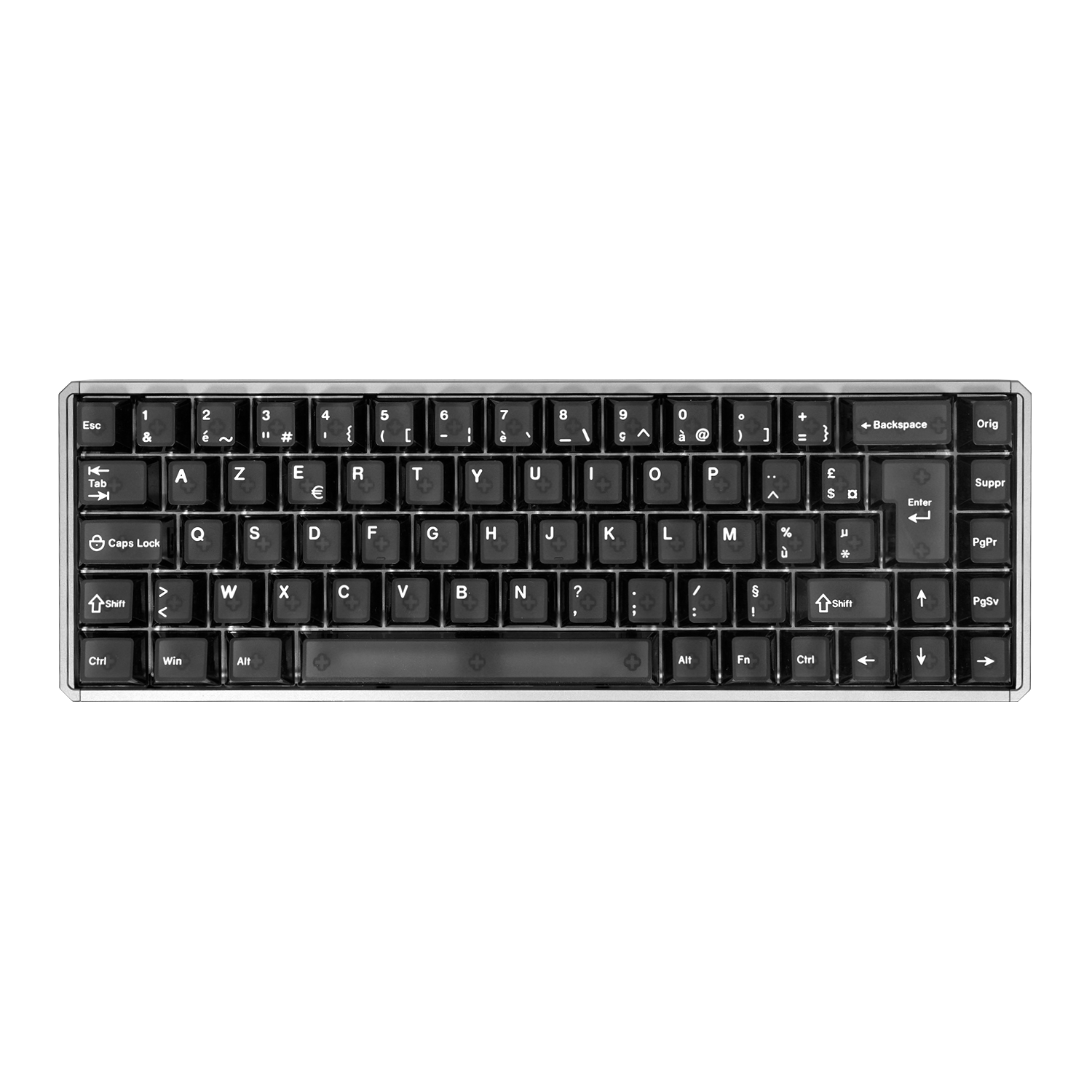

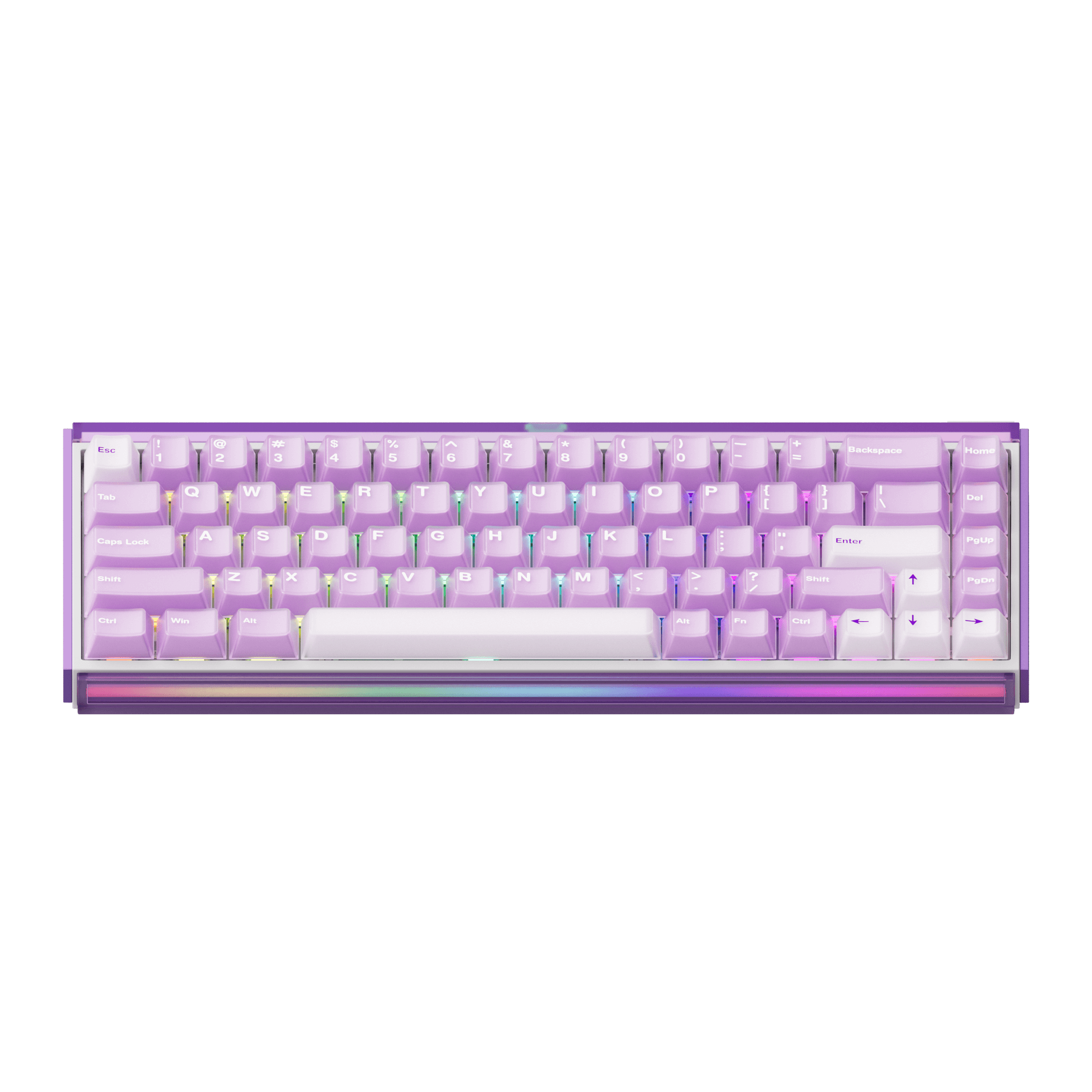


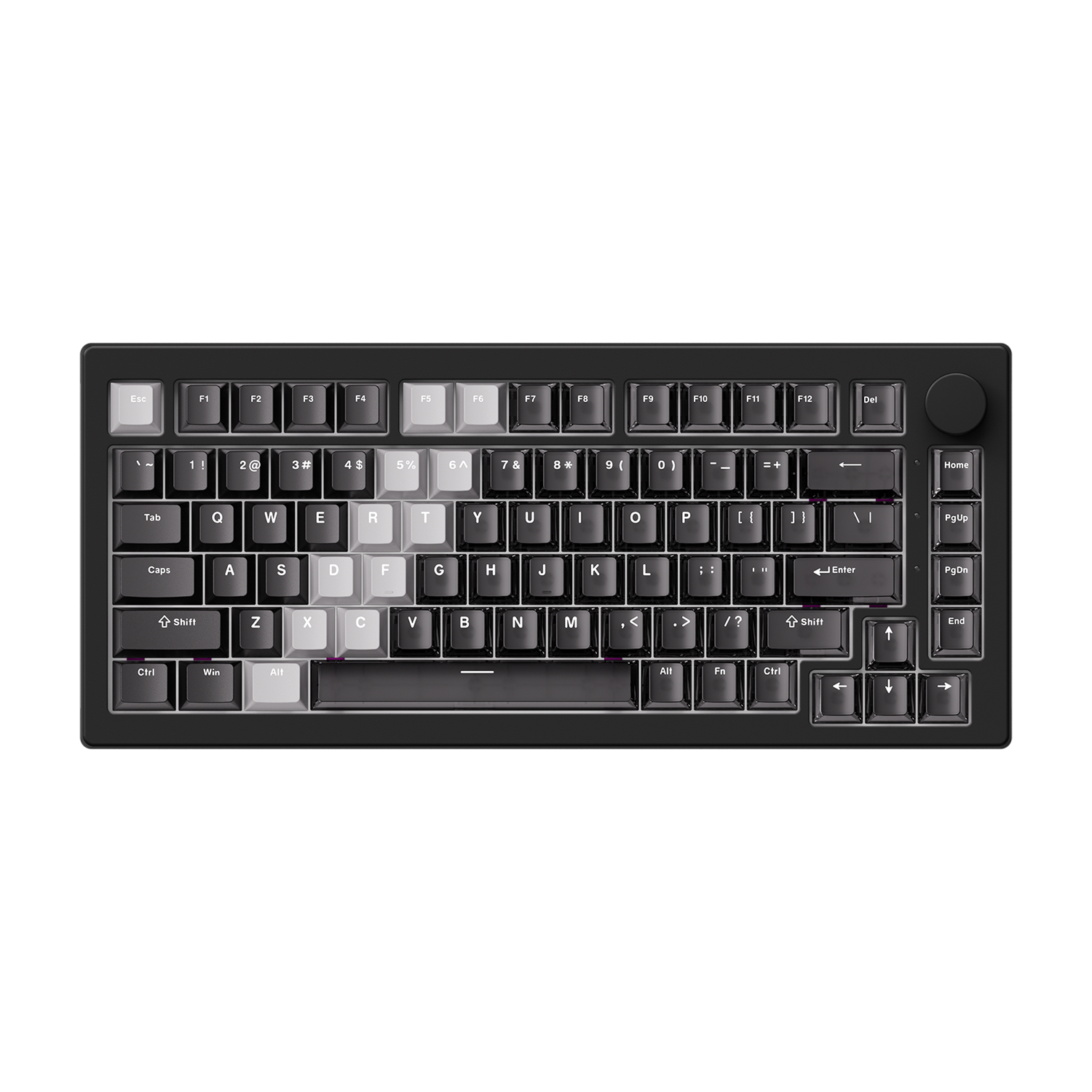
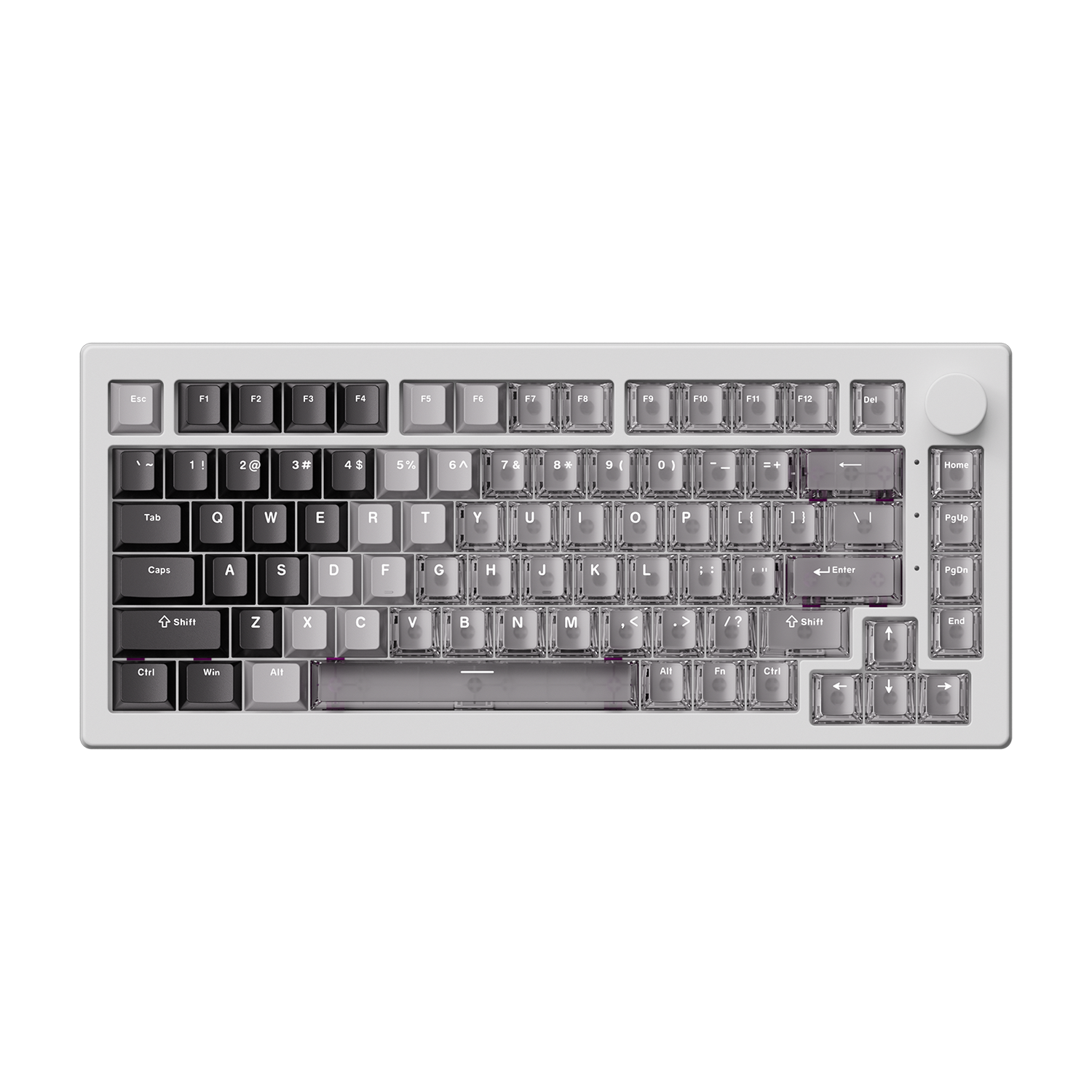
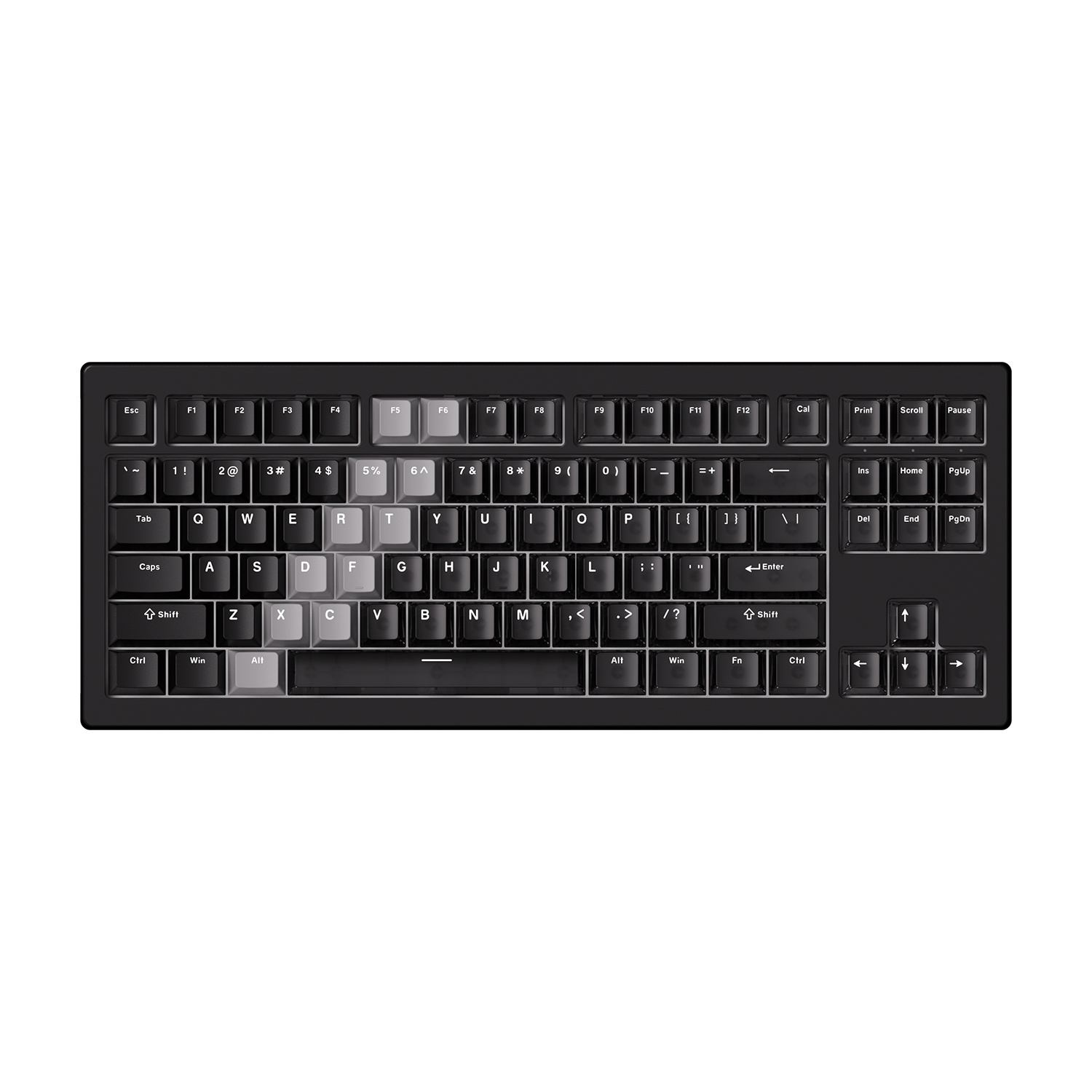
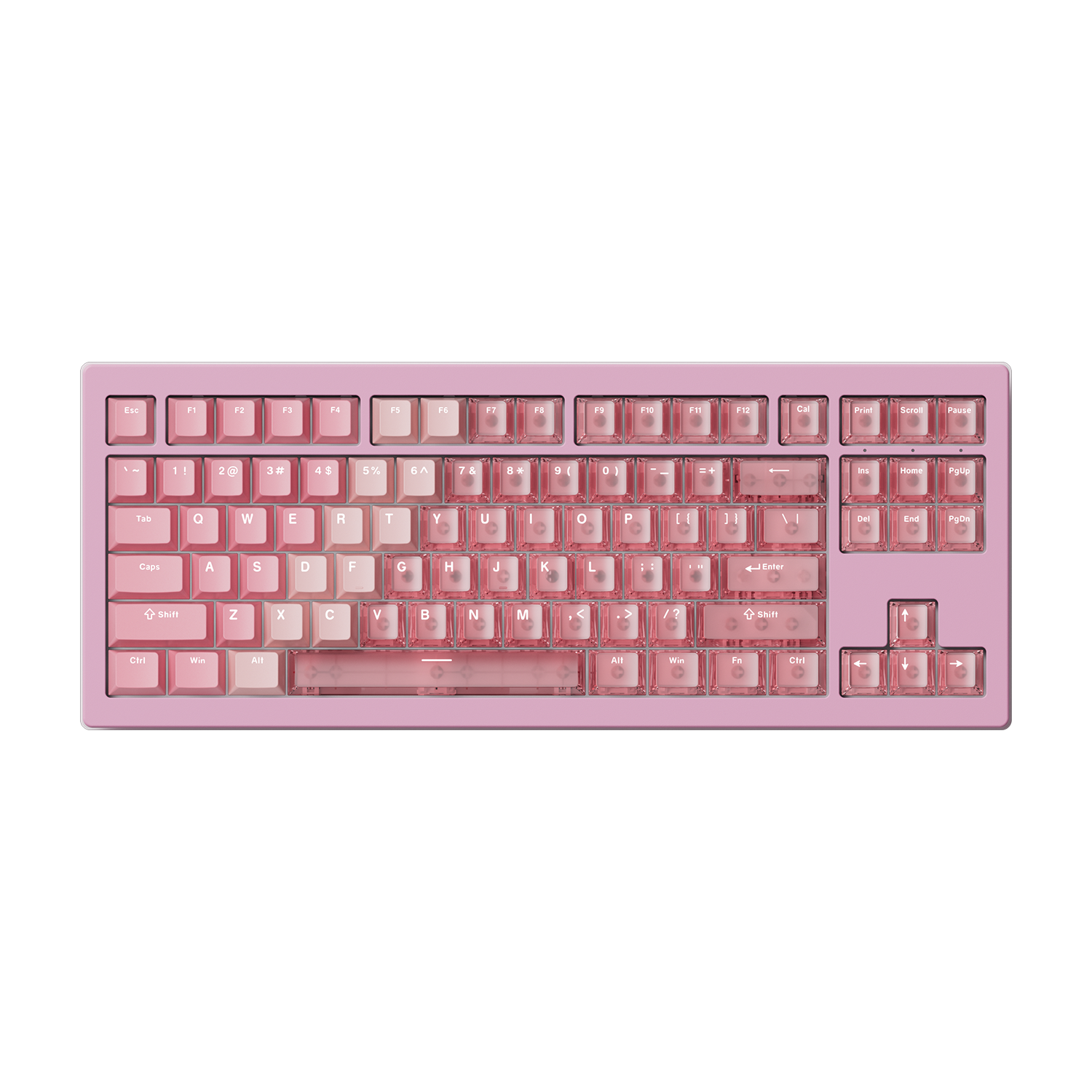
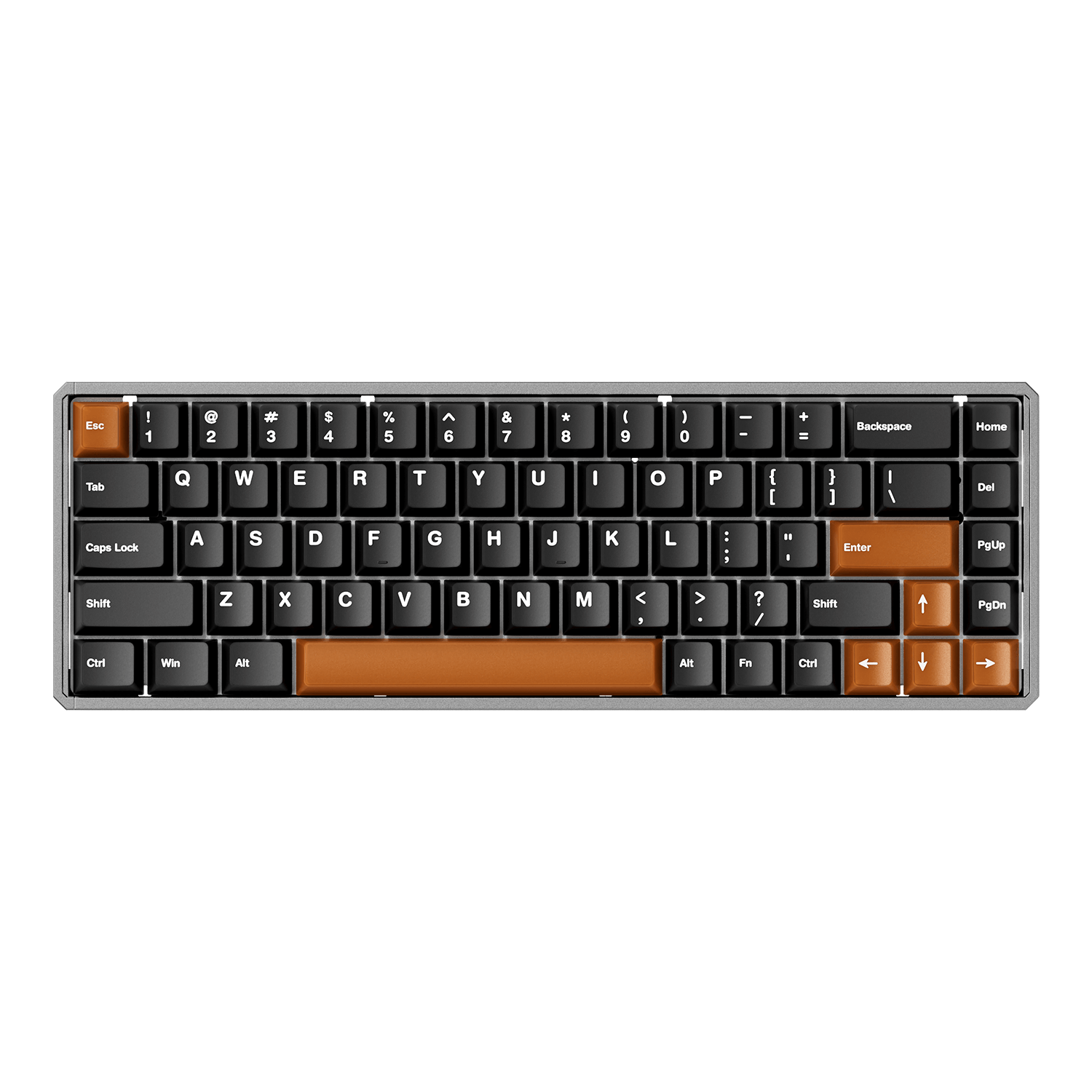
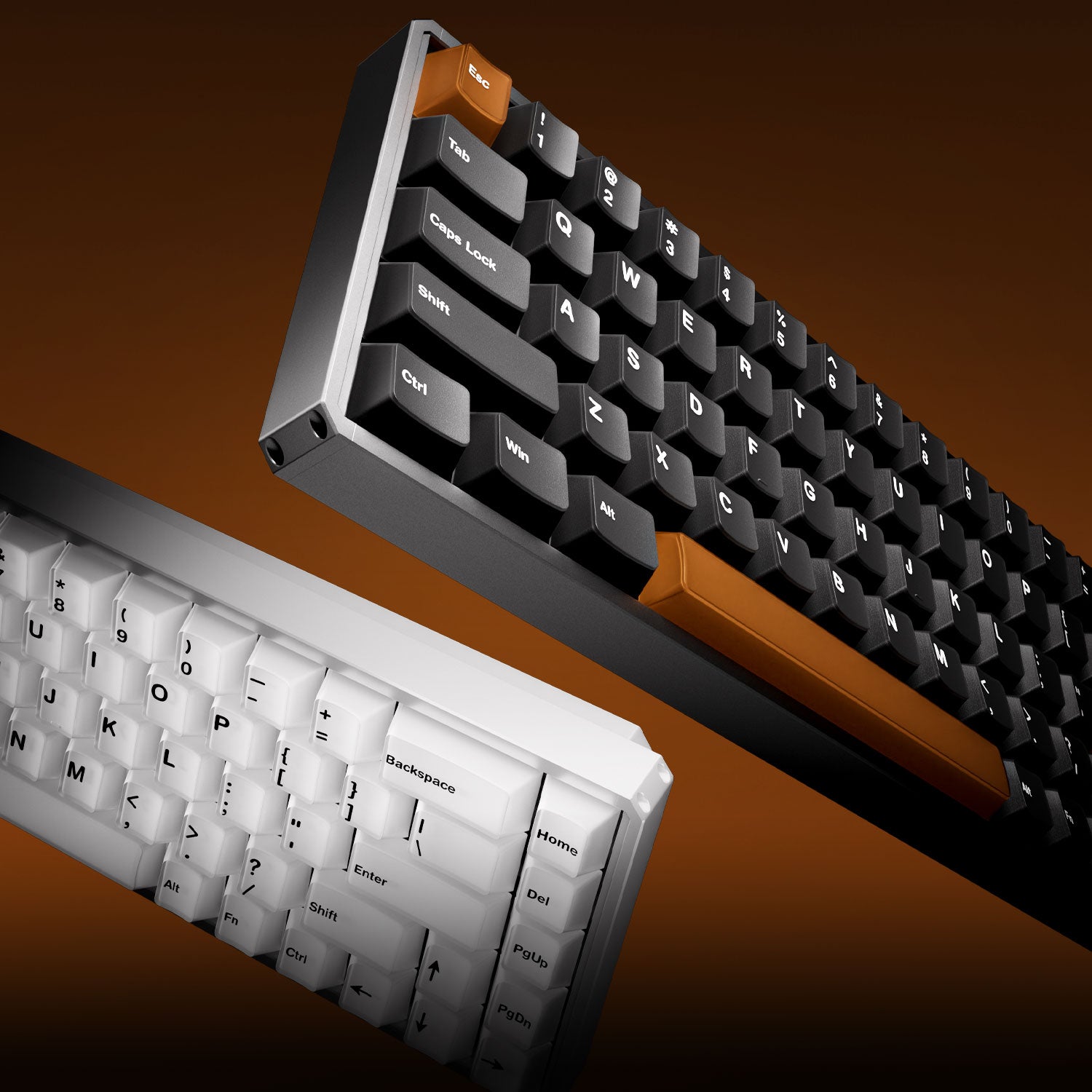
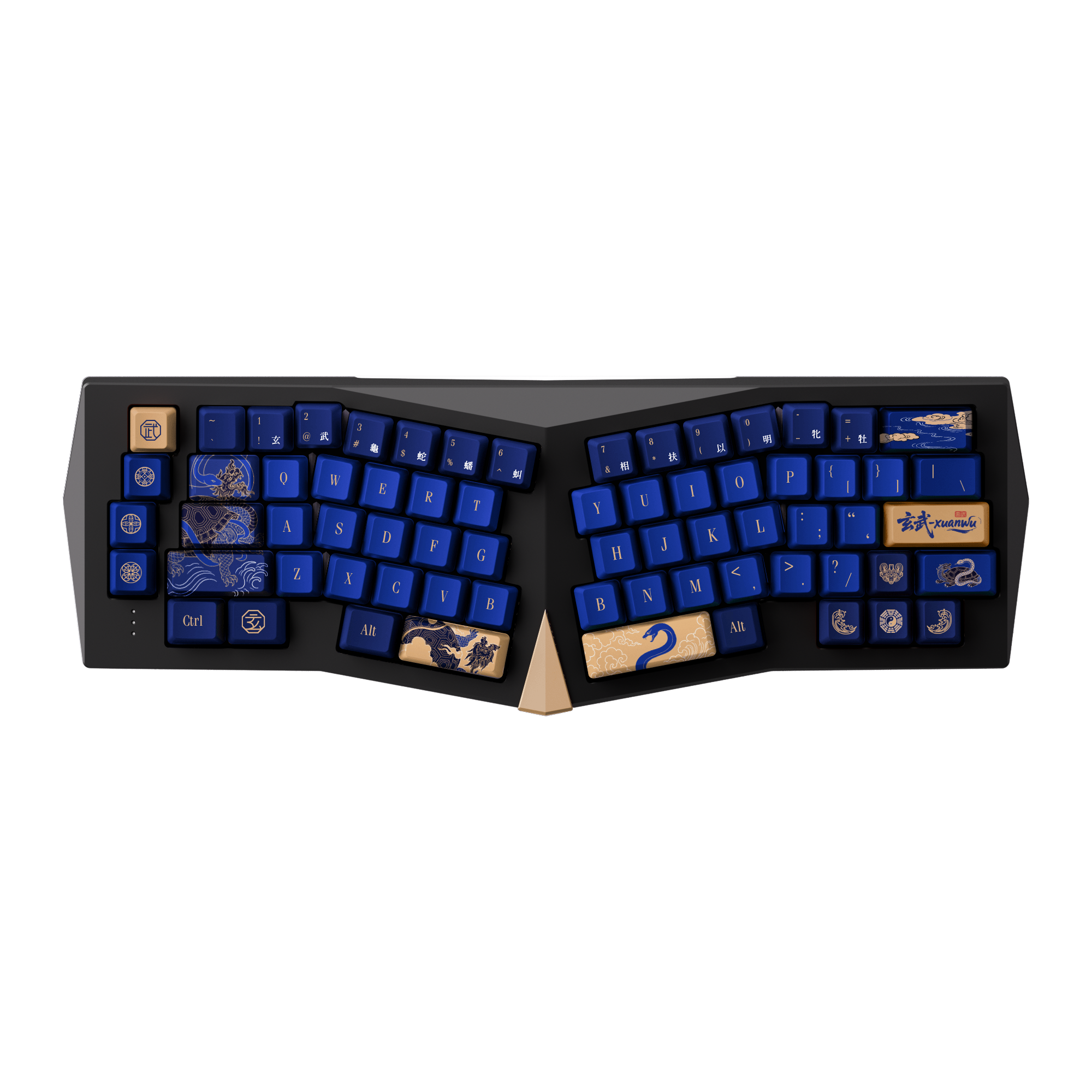


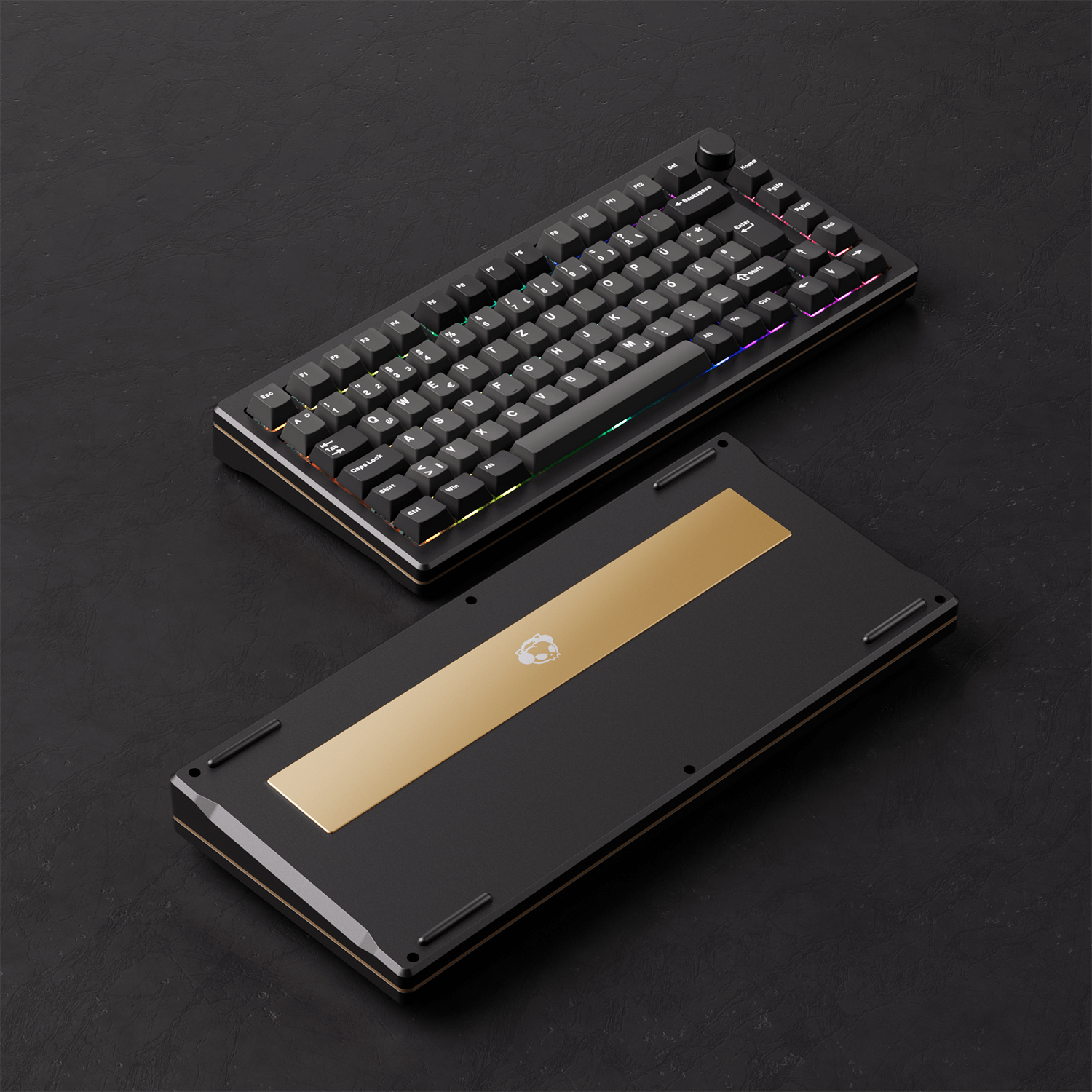
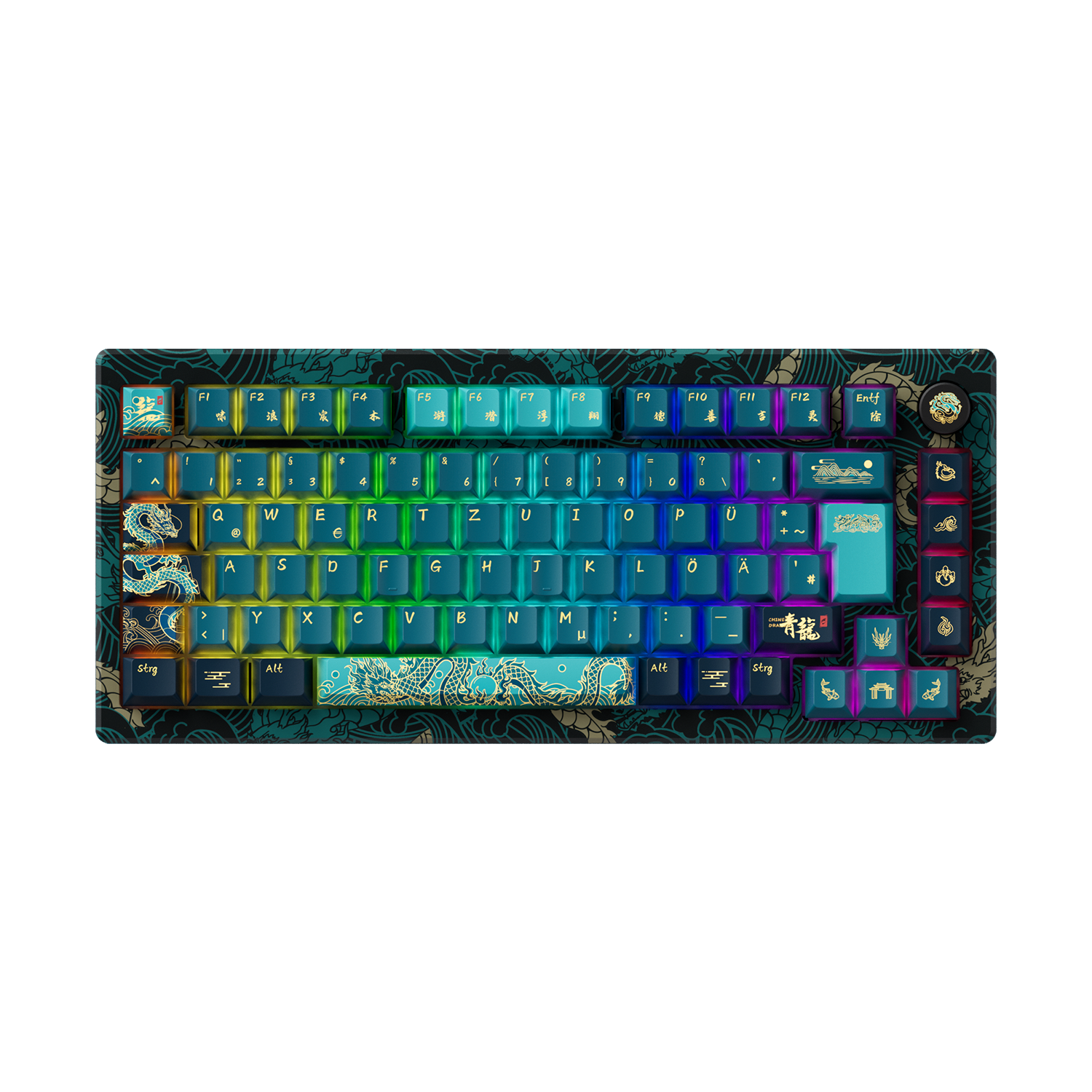

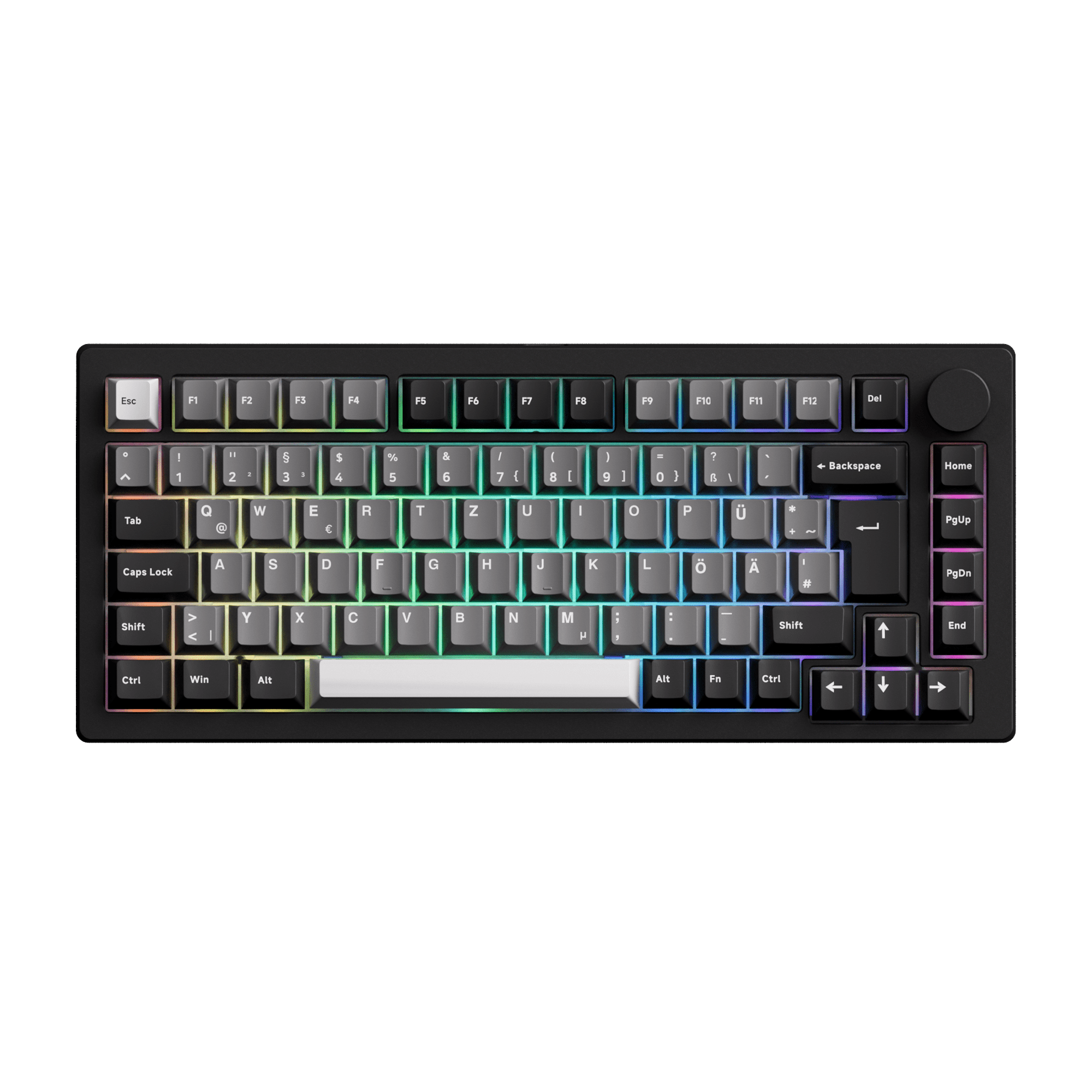
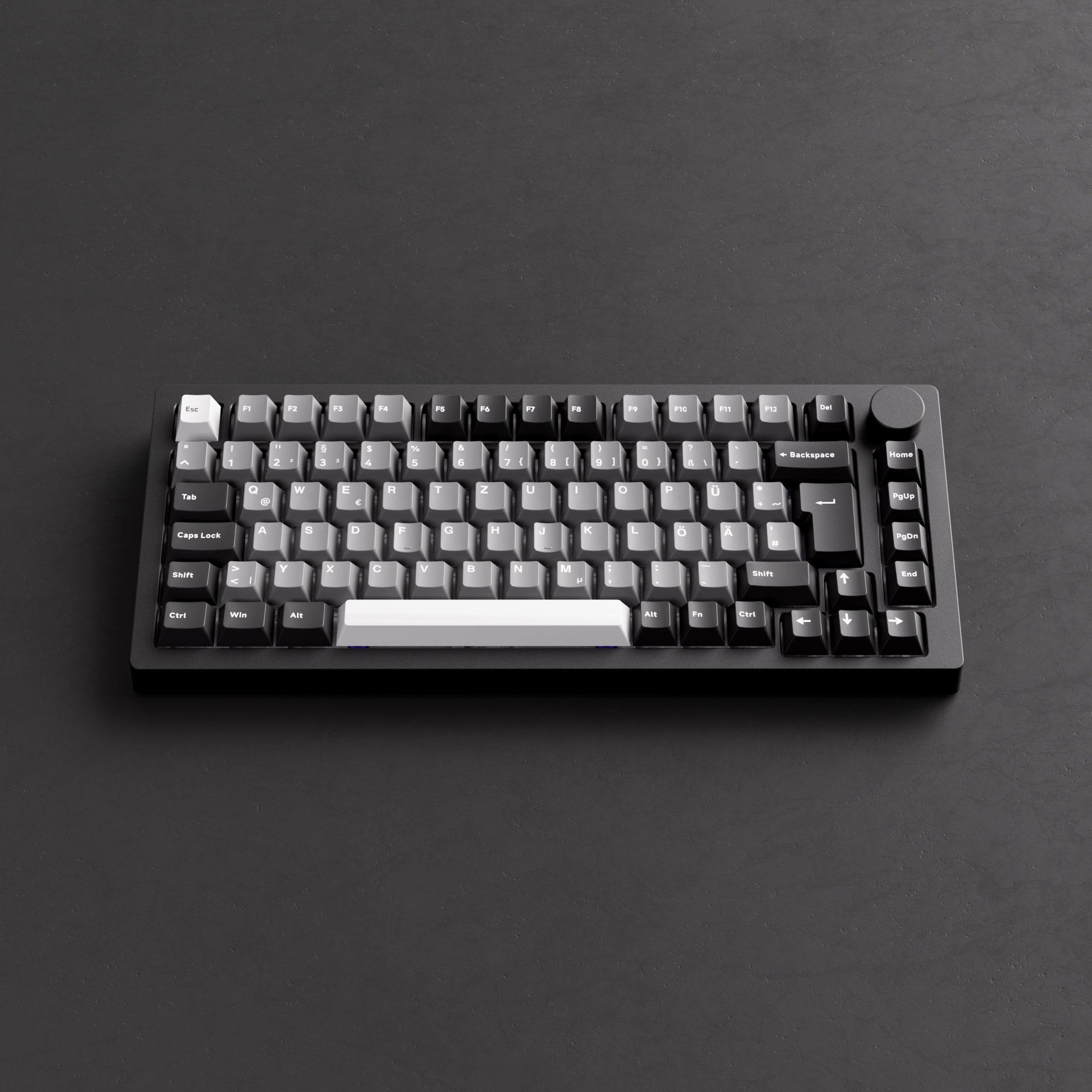
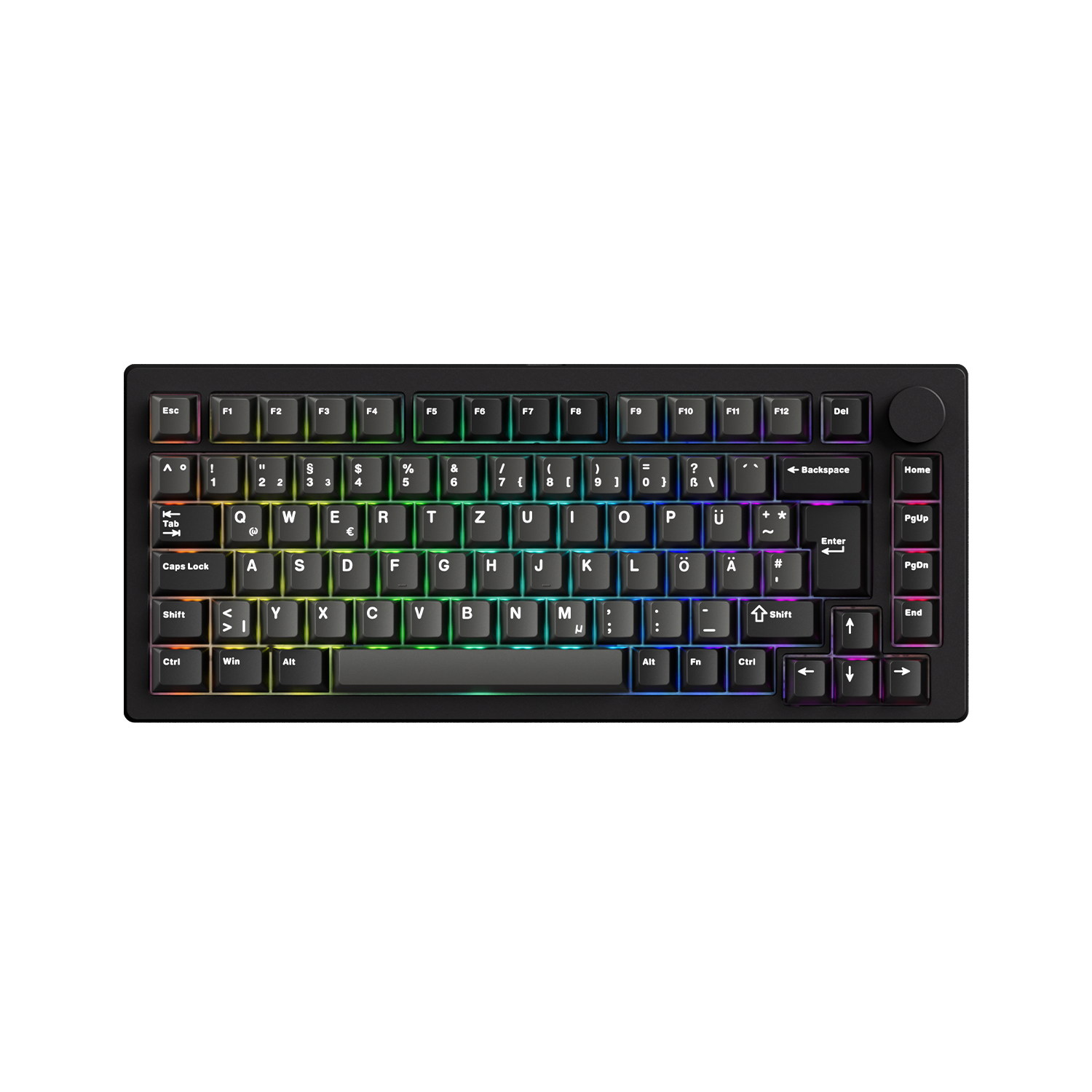
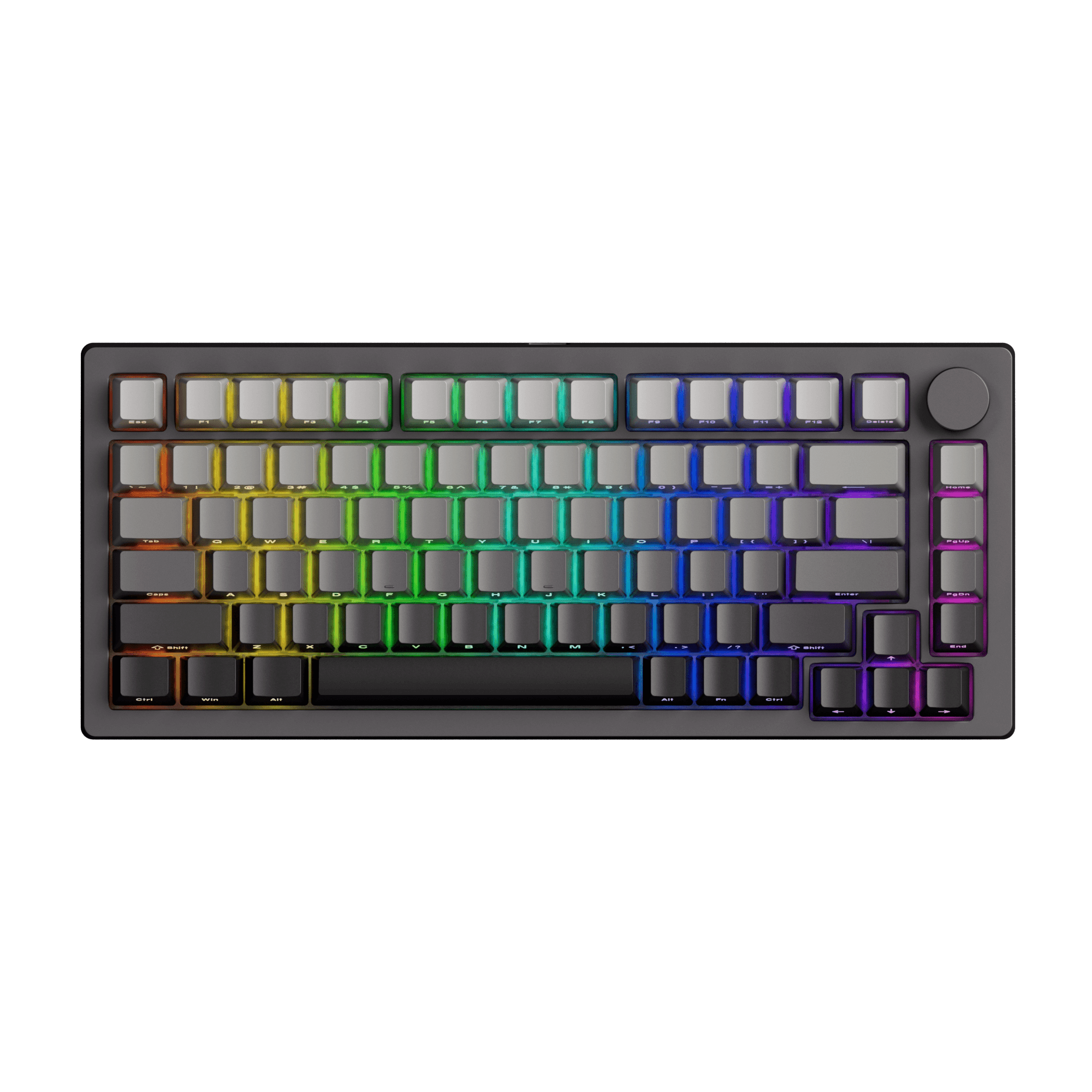
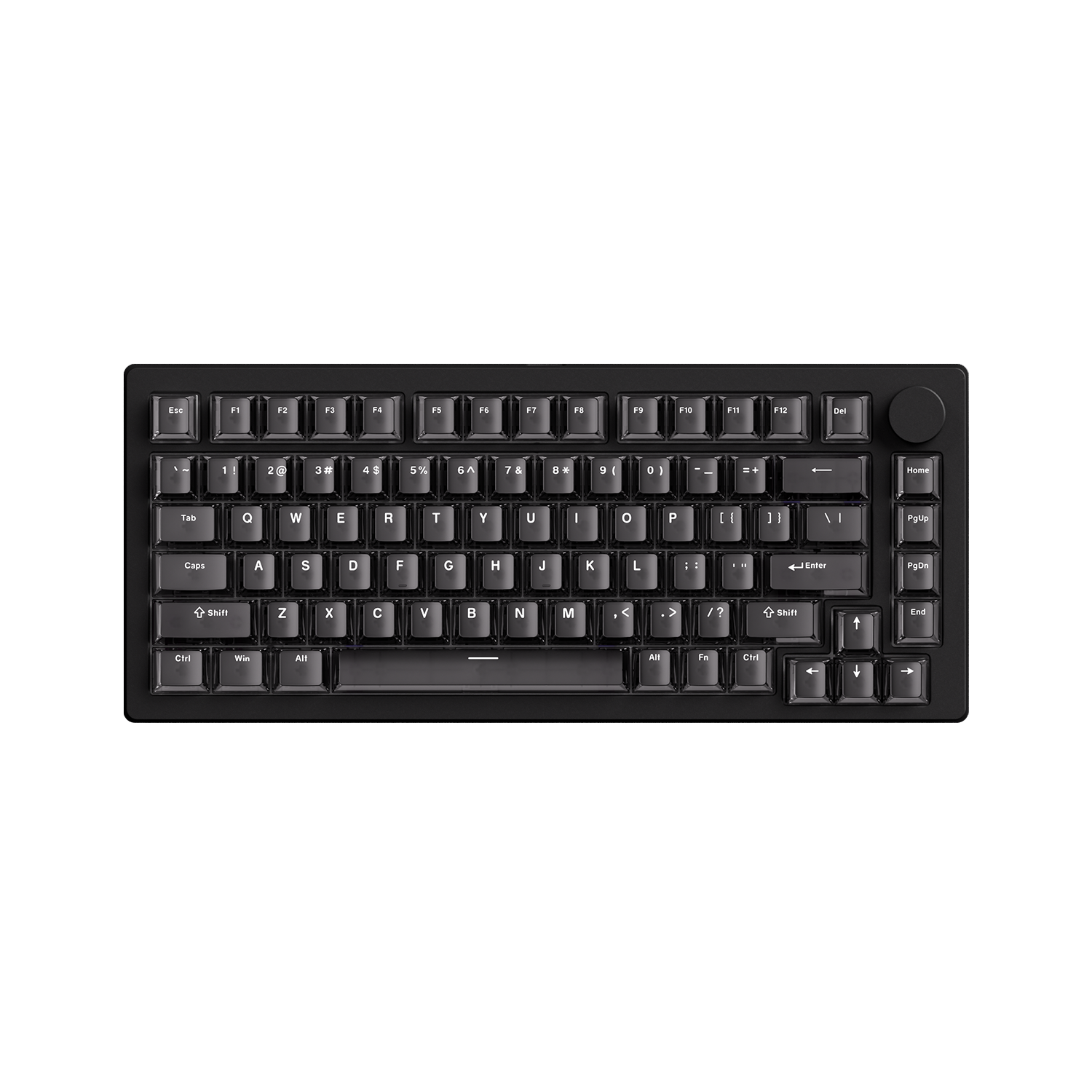

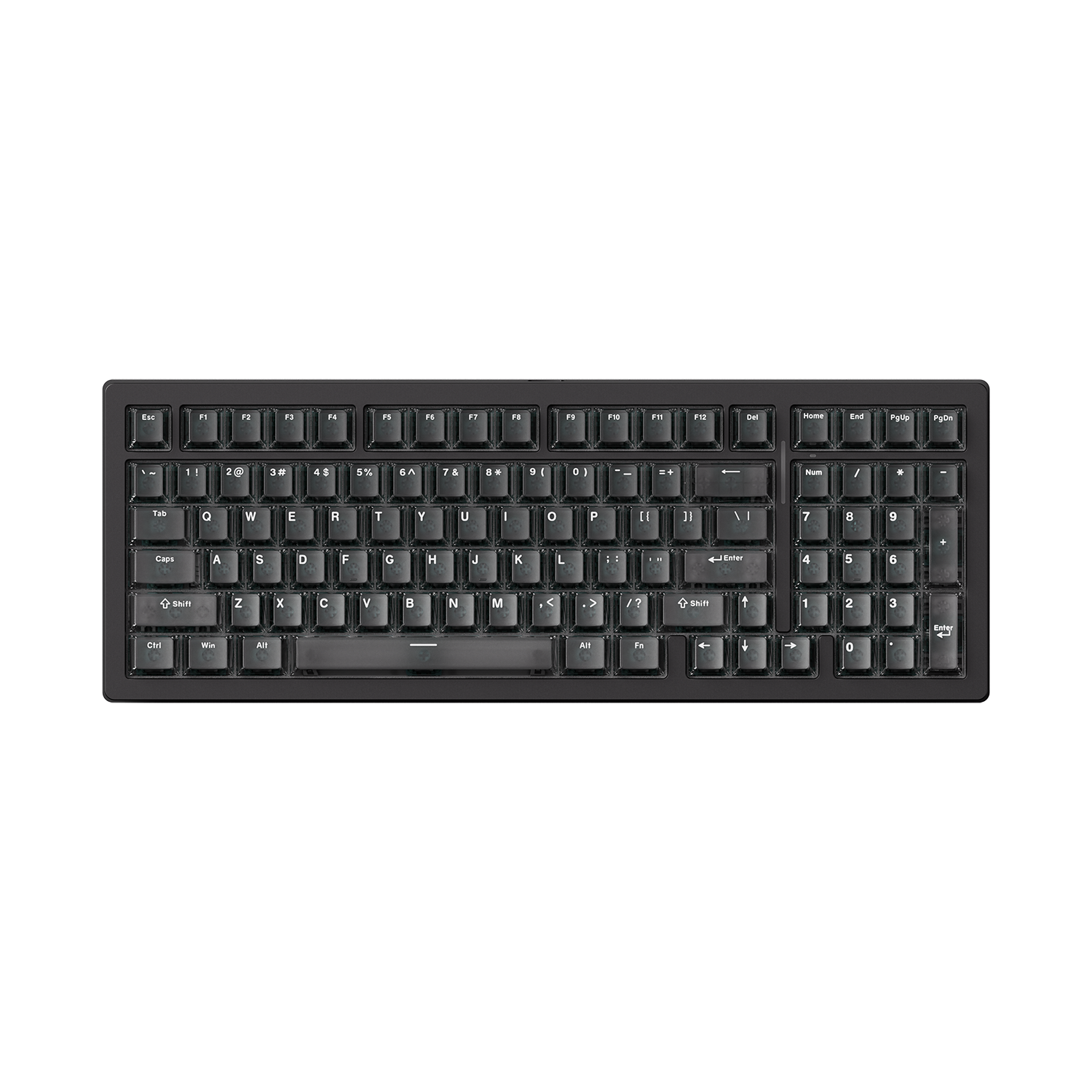
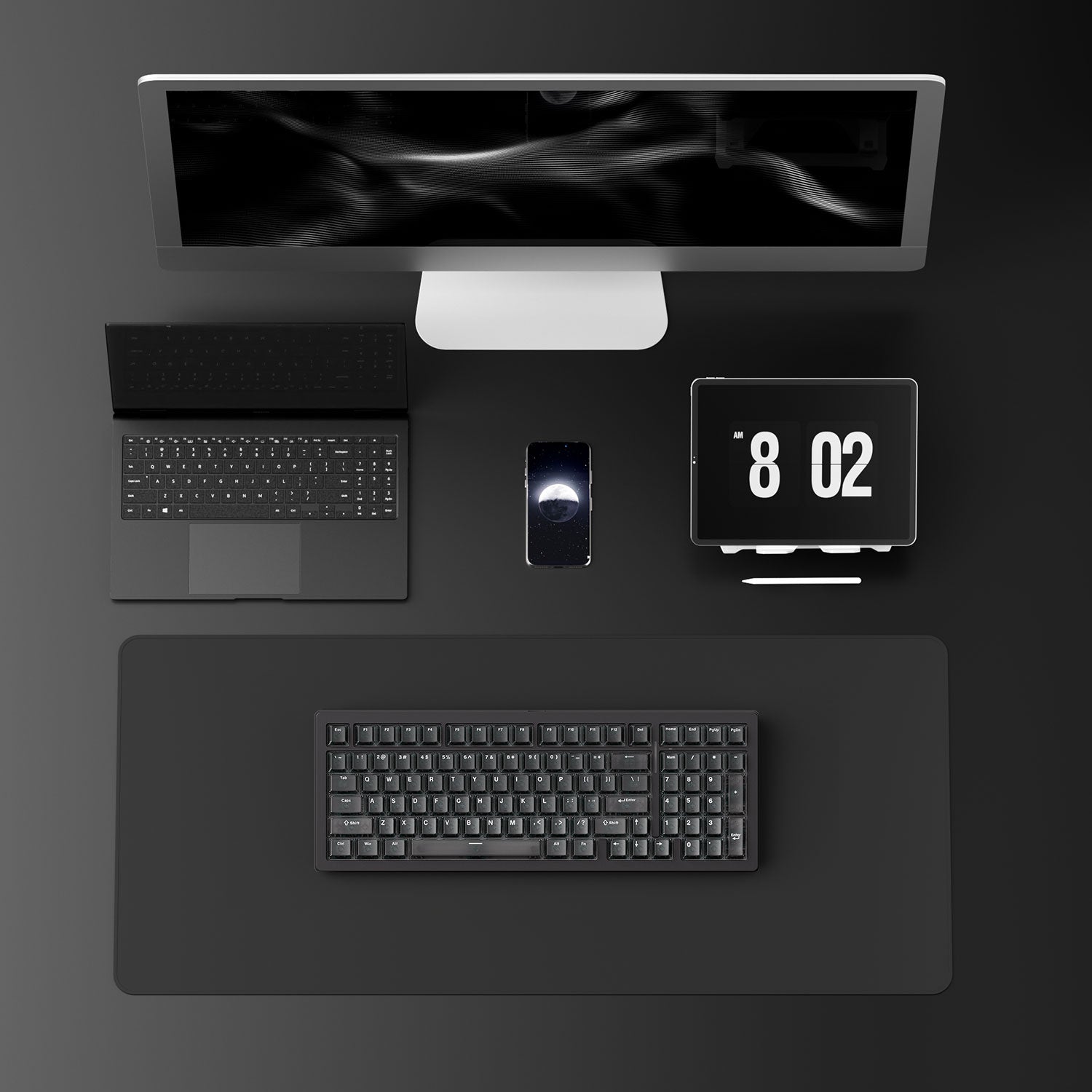
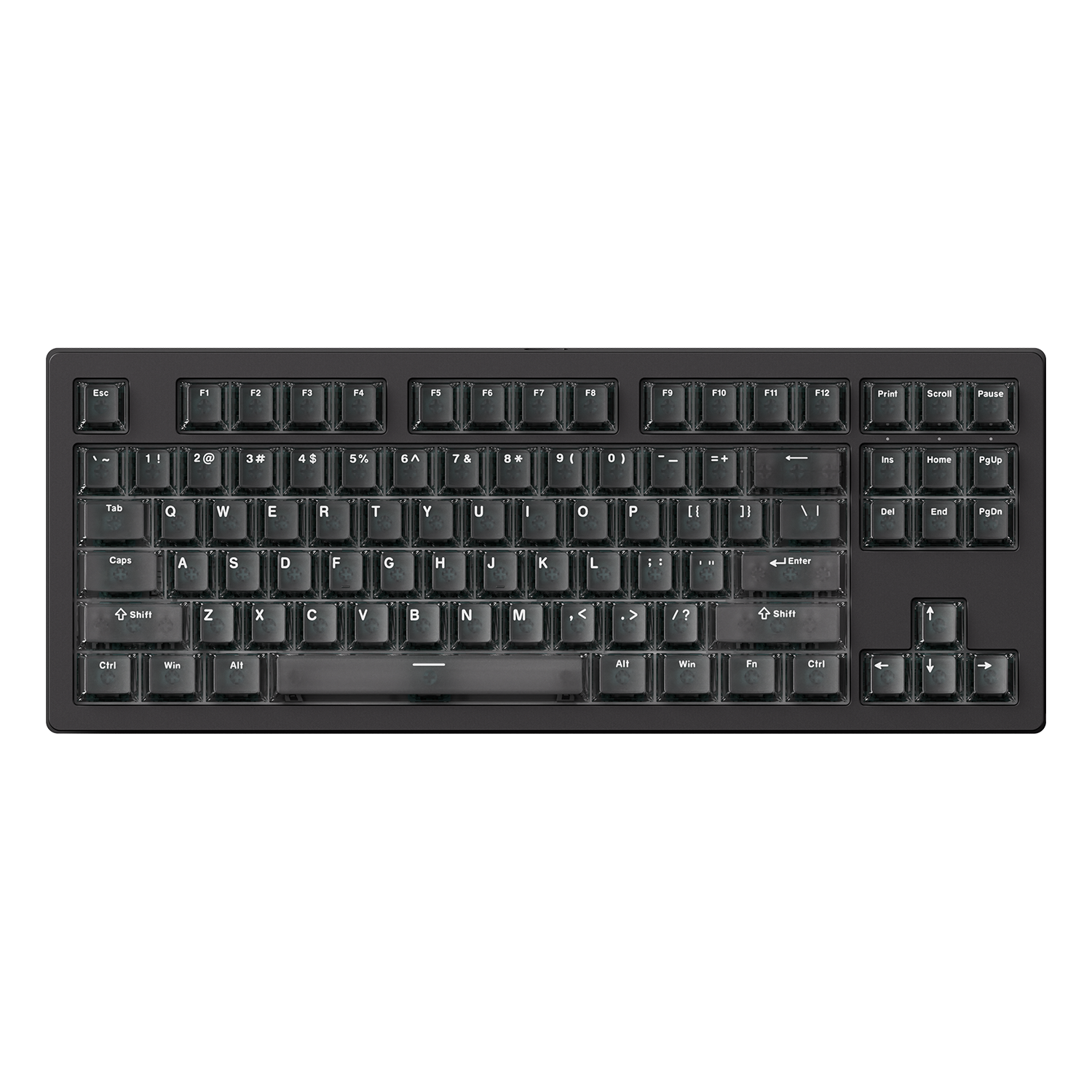
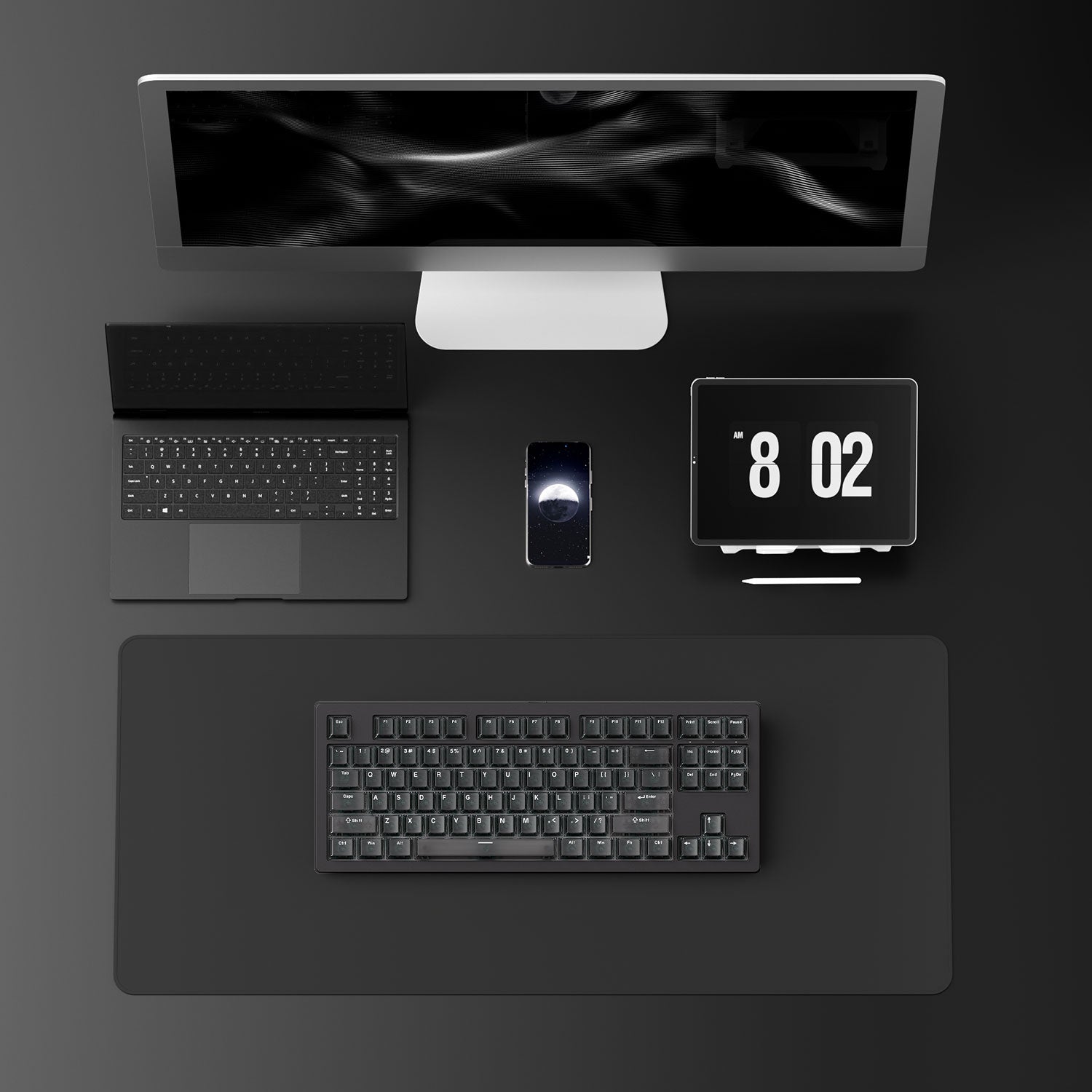
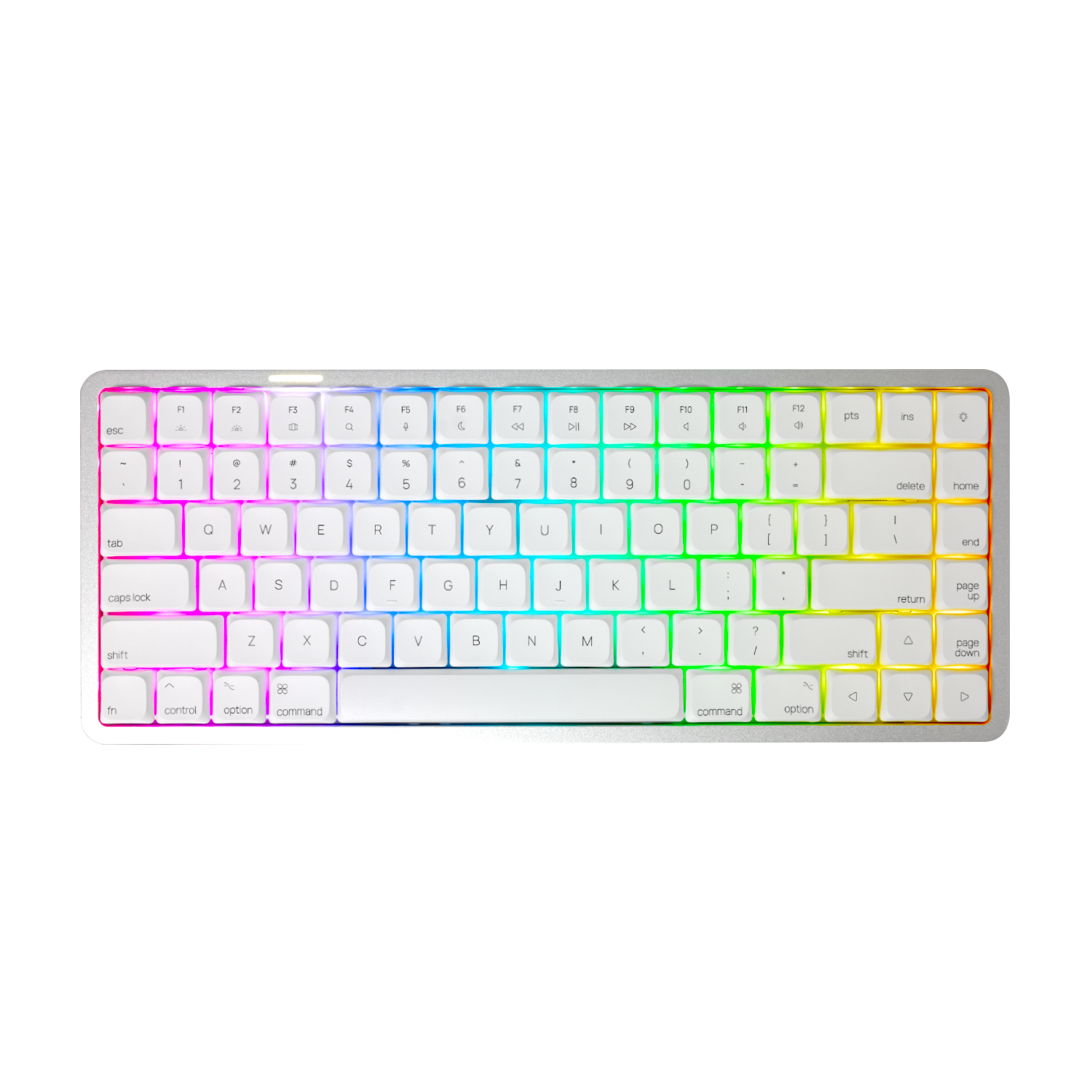
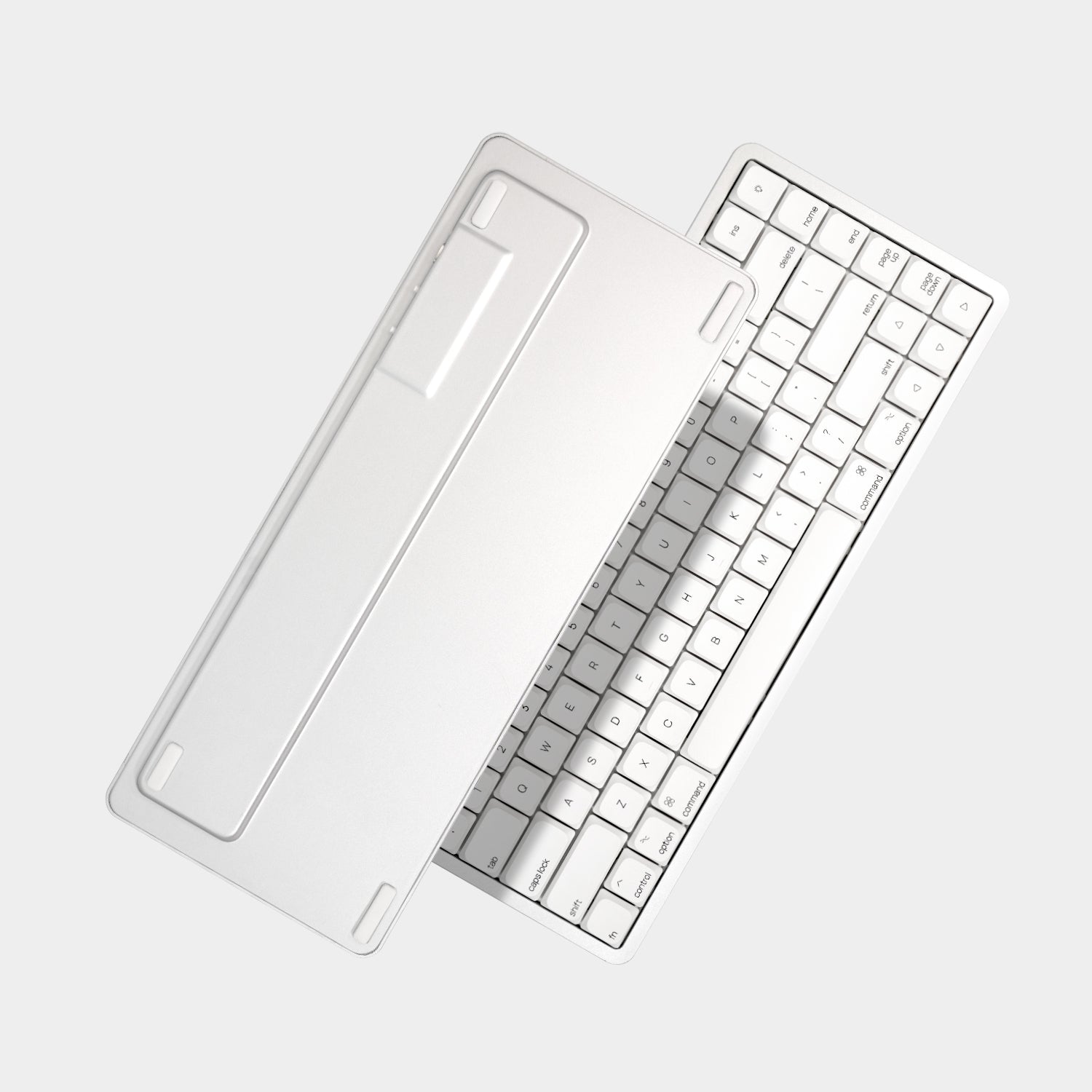
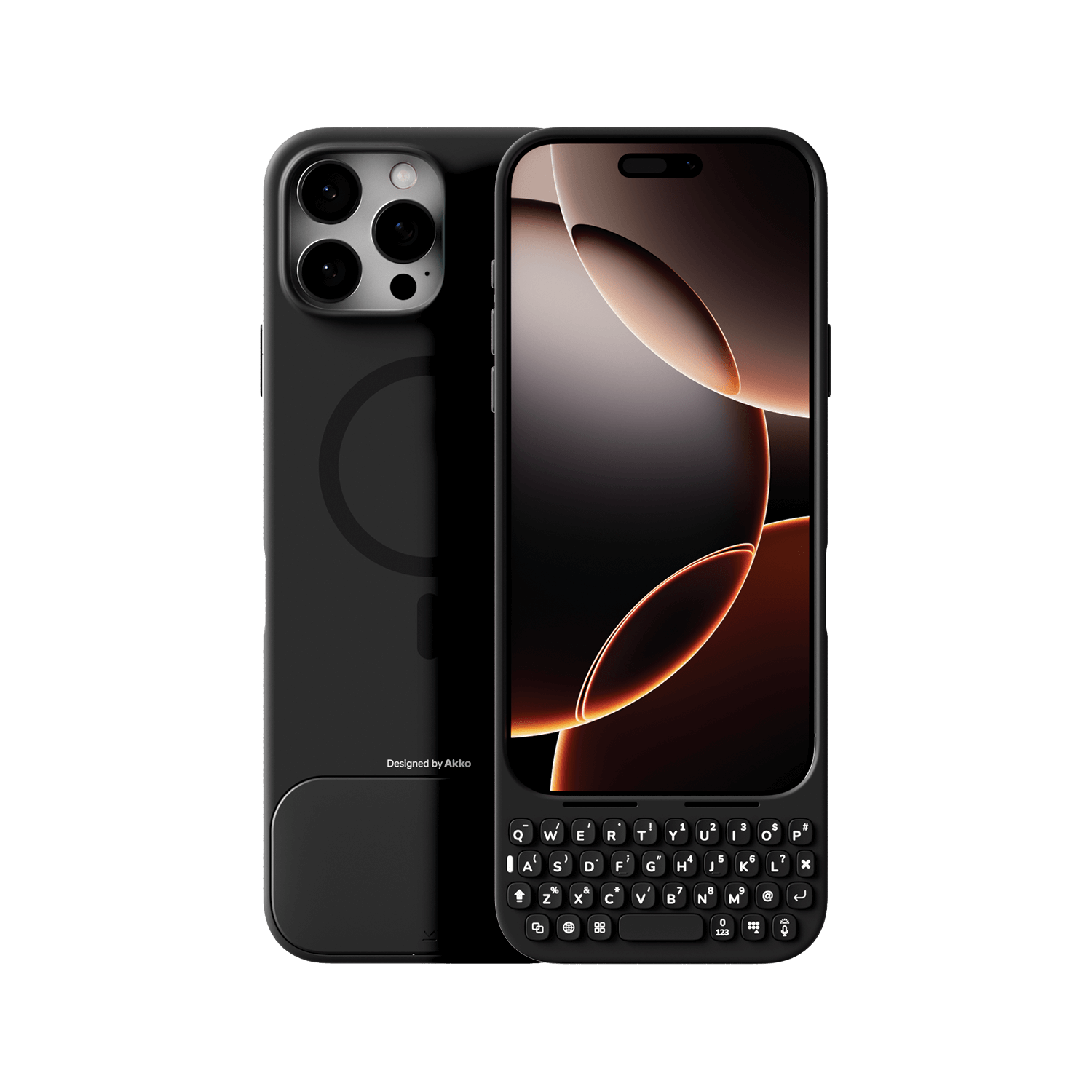
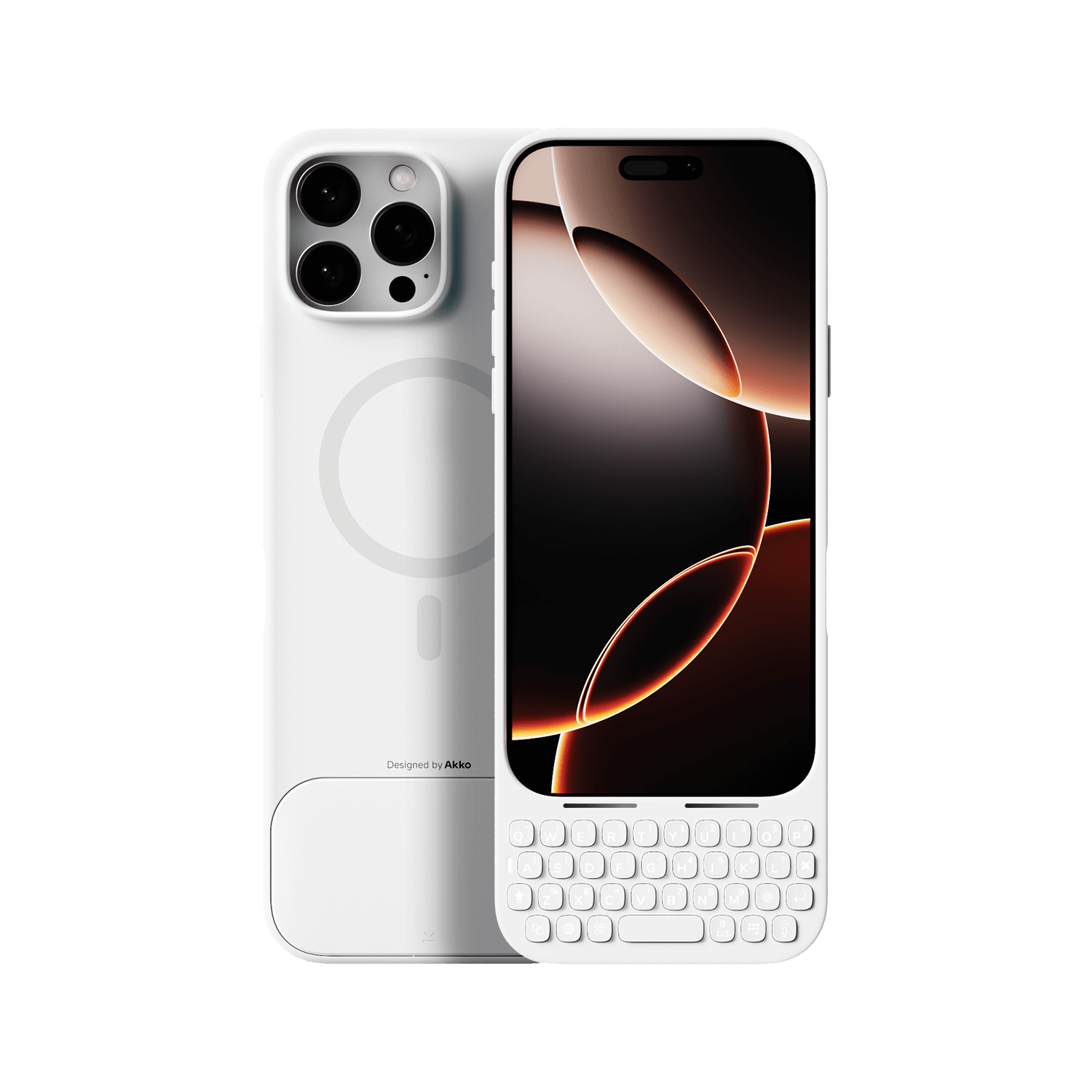
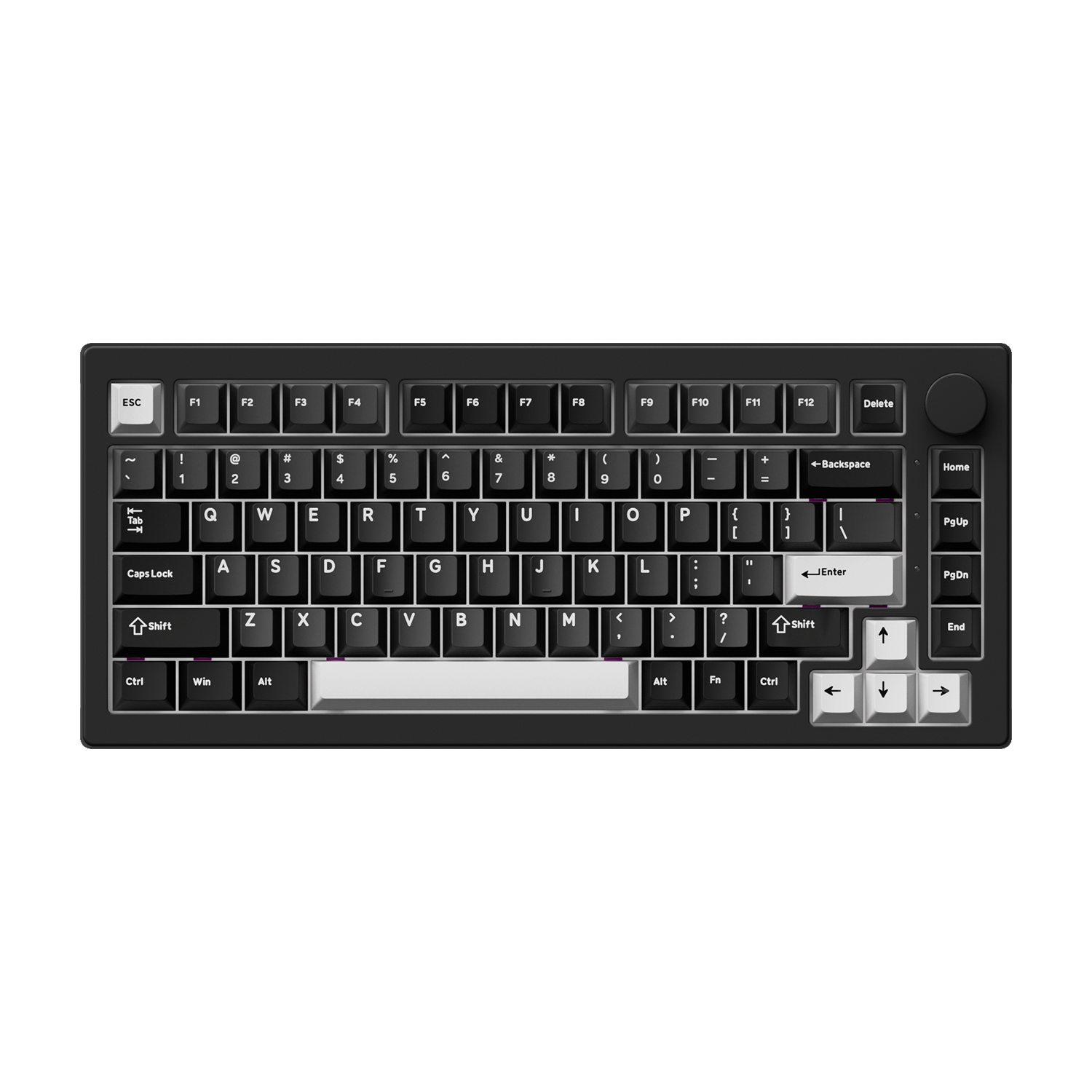
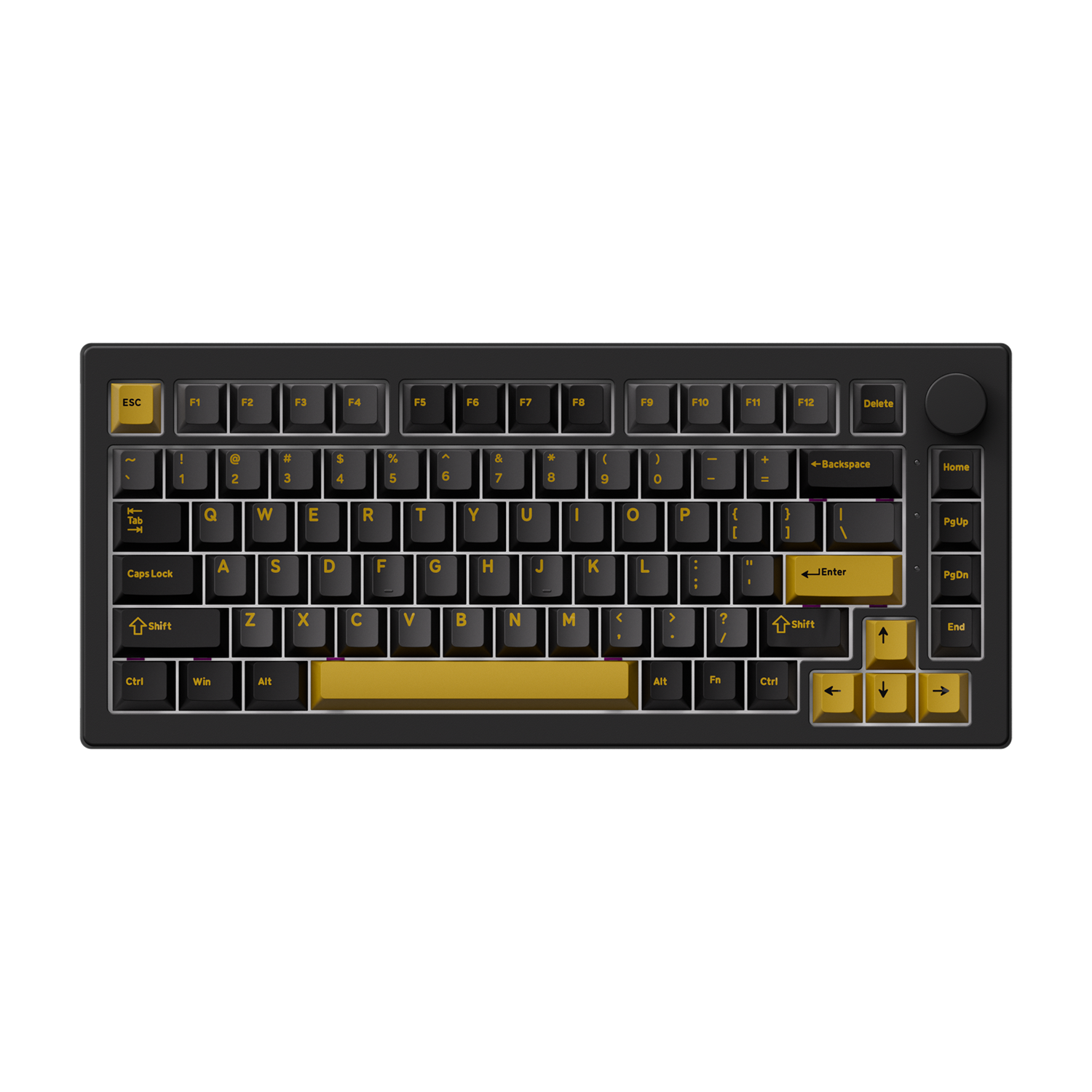
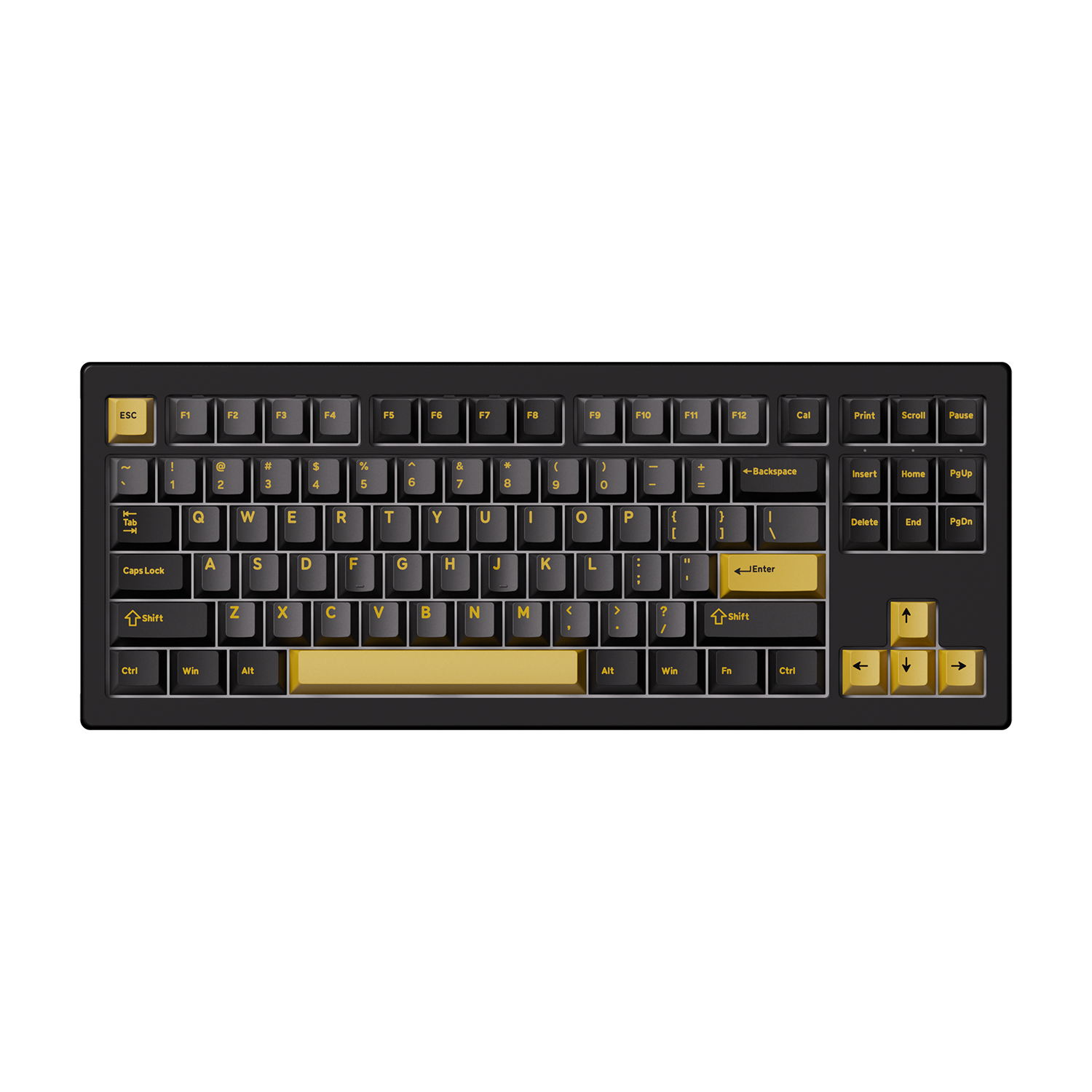
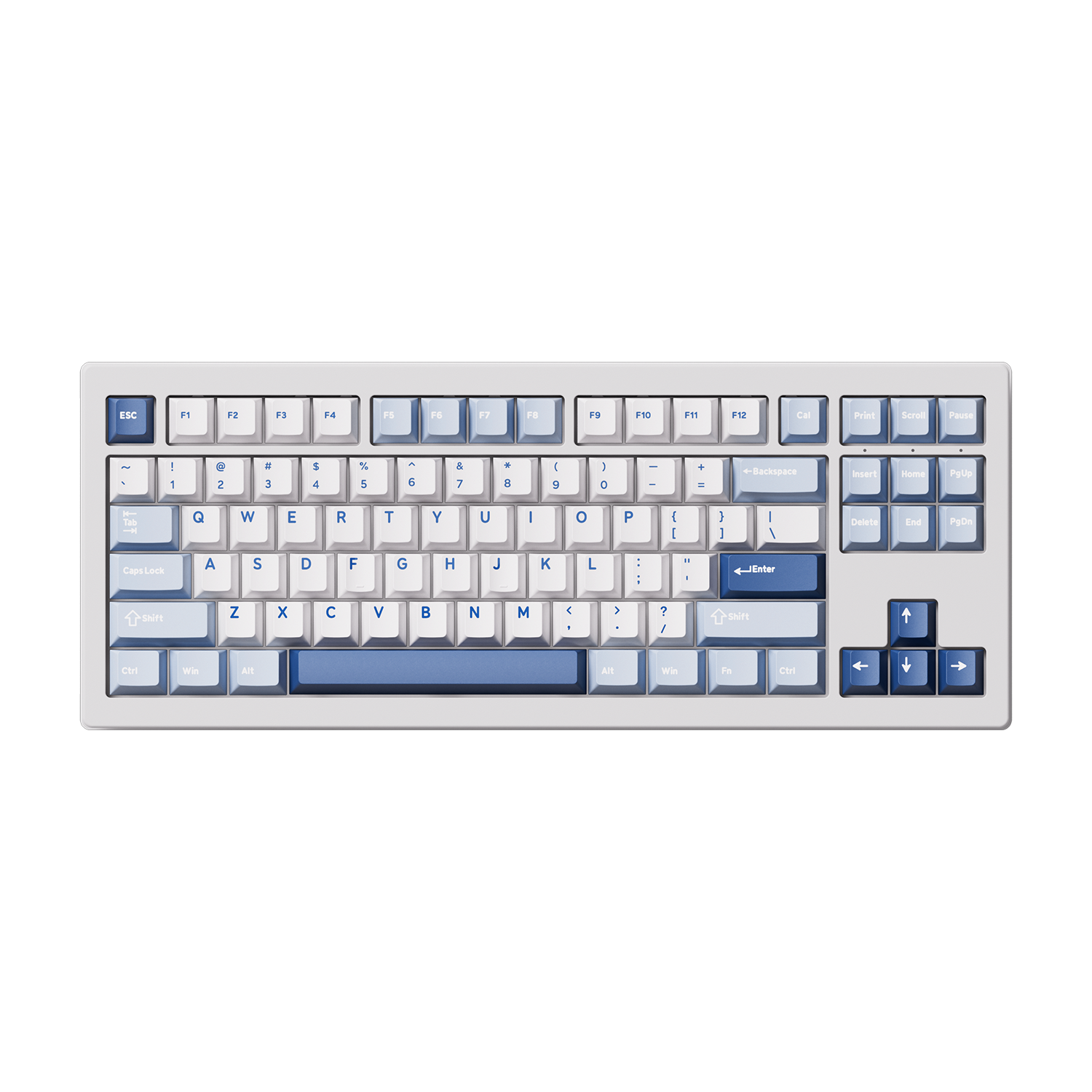





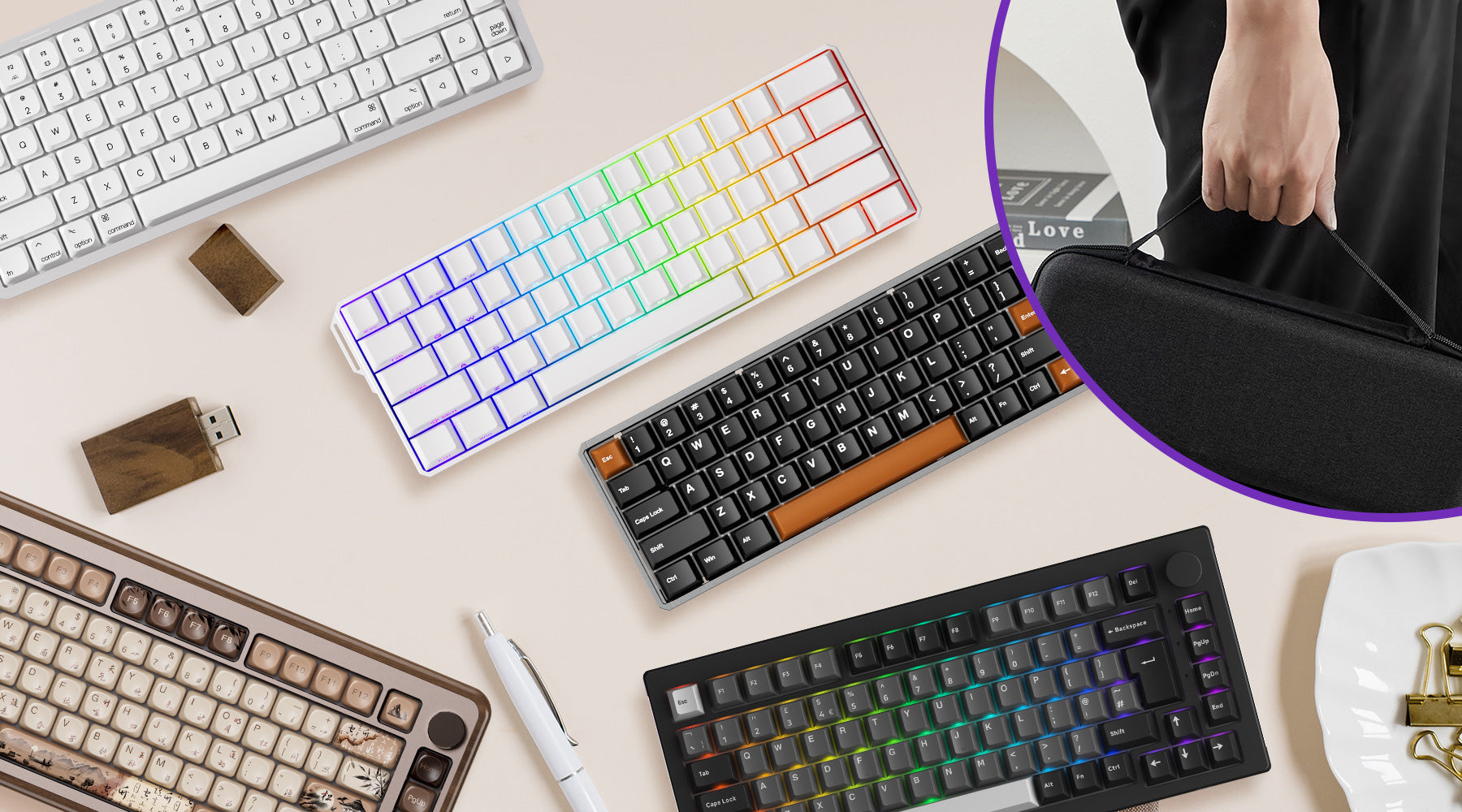

Hinterlasse einen Kommentar
Alle Kommentare werden vor der Veröffentlichung geprüft.
Diese Website ist durch hCaptcha geschützt und es gelten die allgemeinen Geschäftsbedingungen und Datenschutzbestimmungen von hCaptcha.